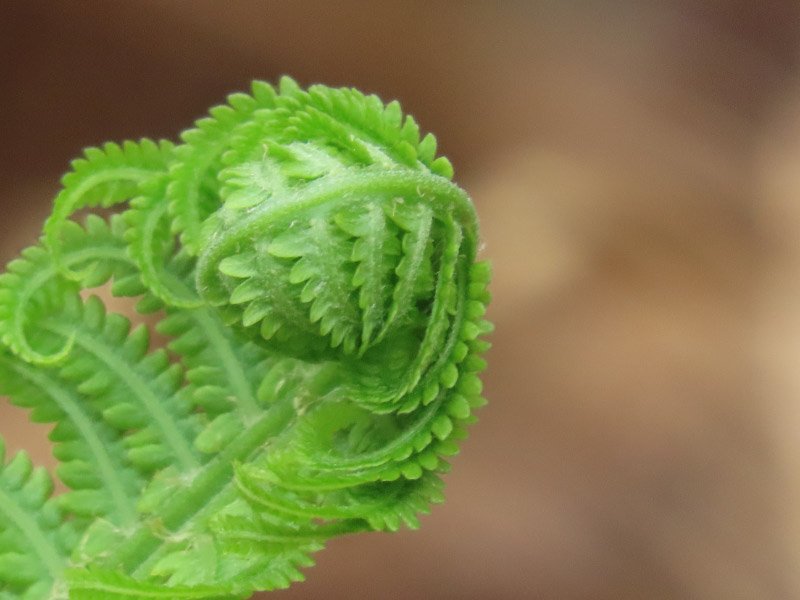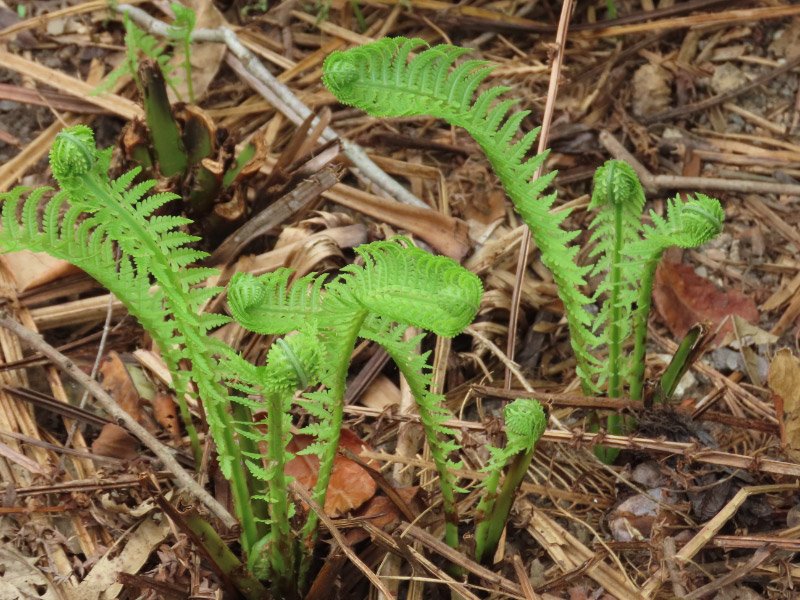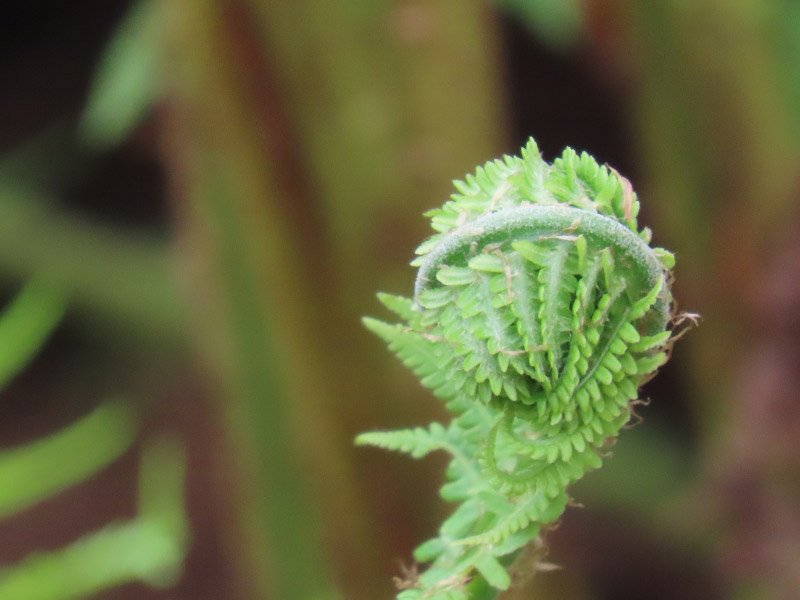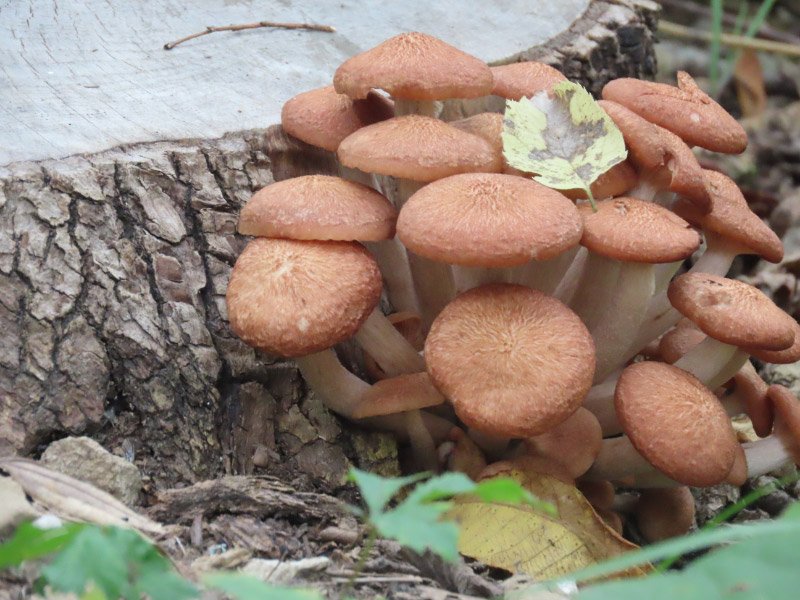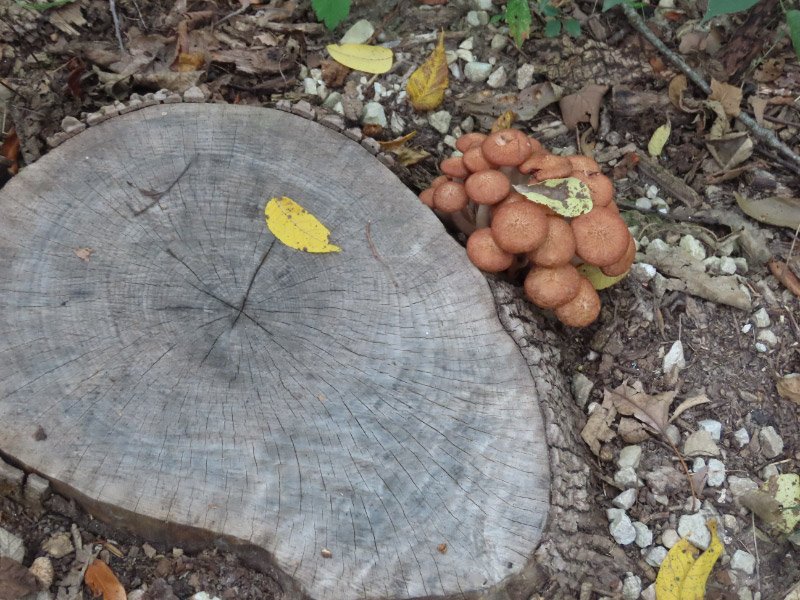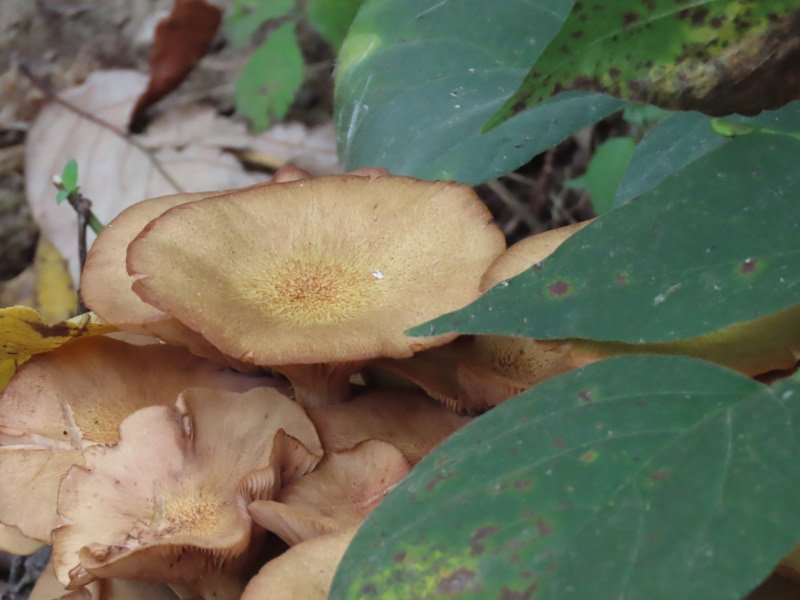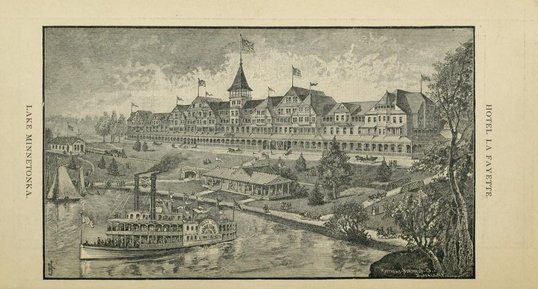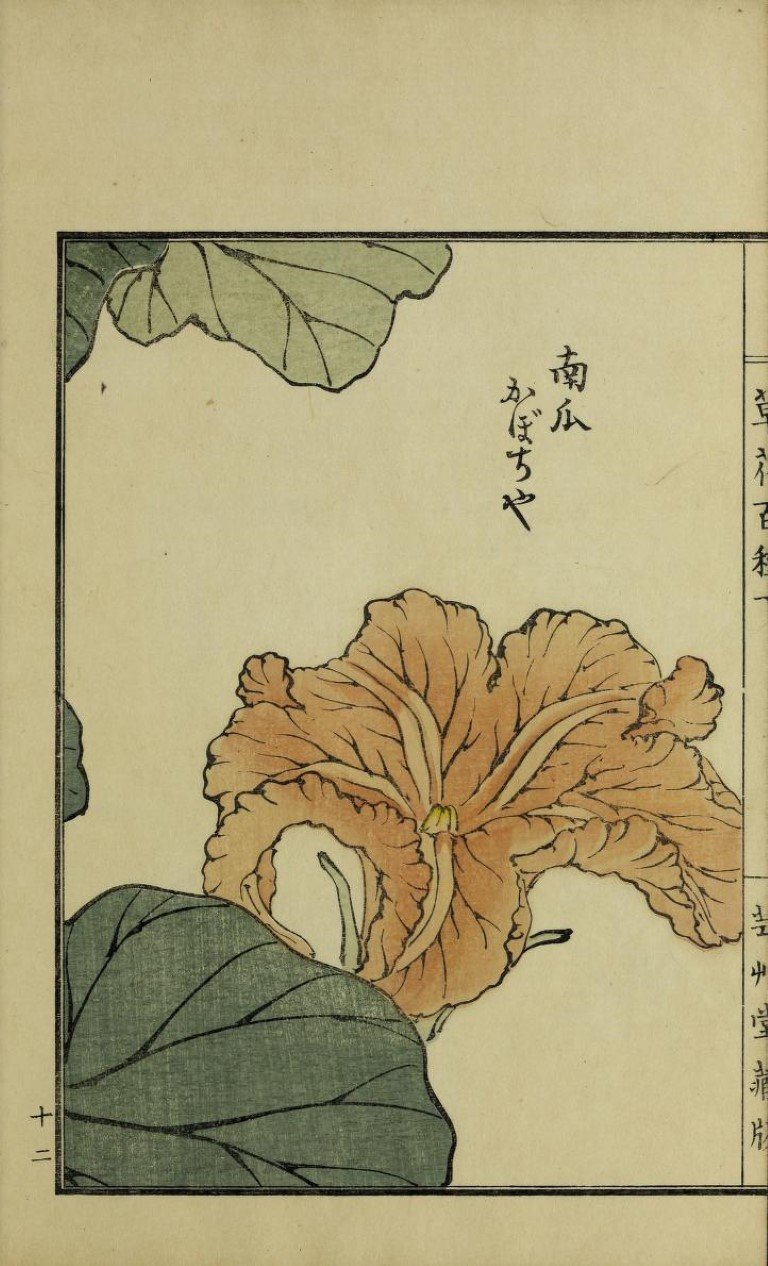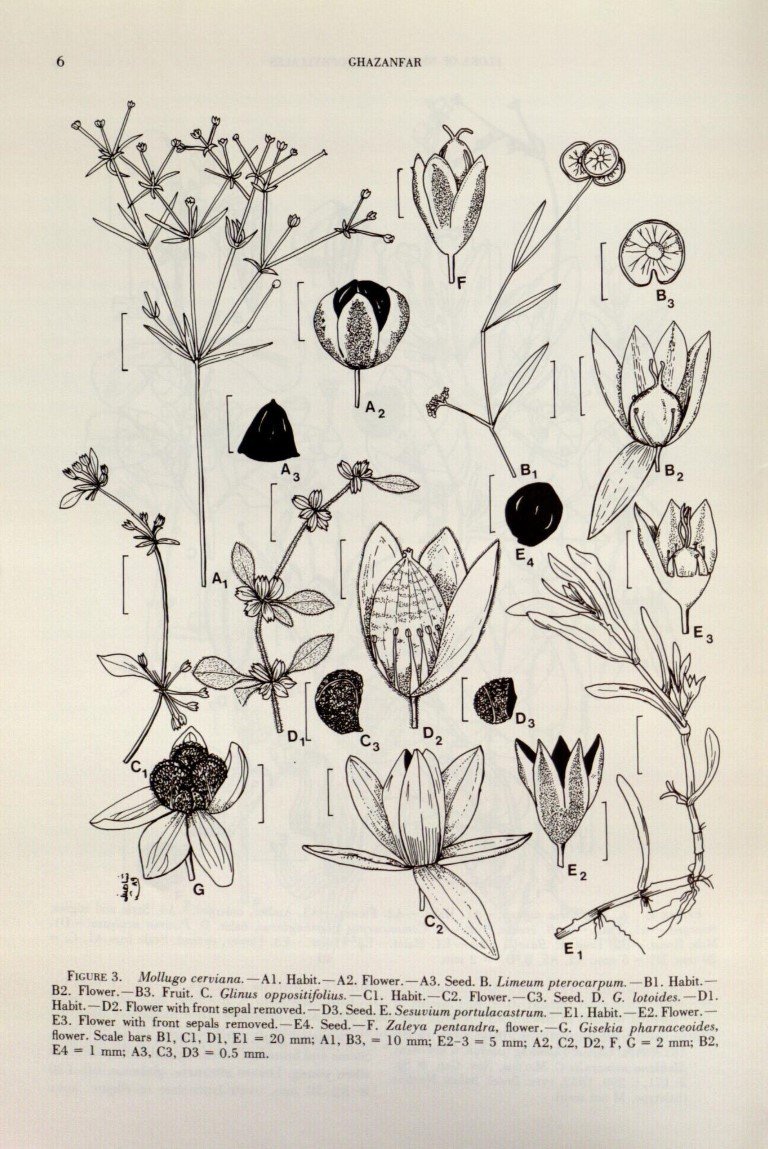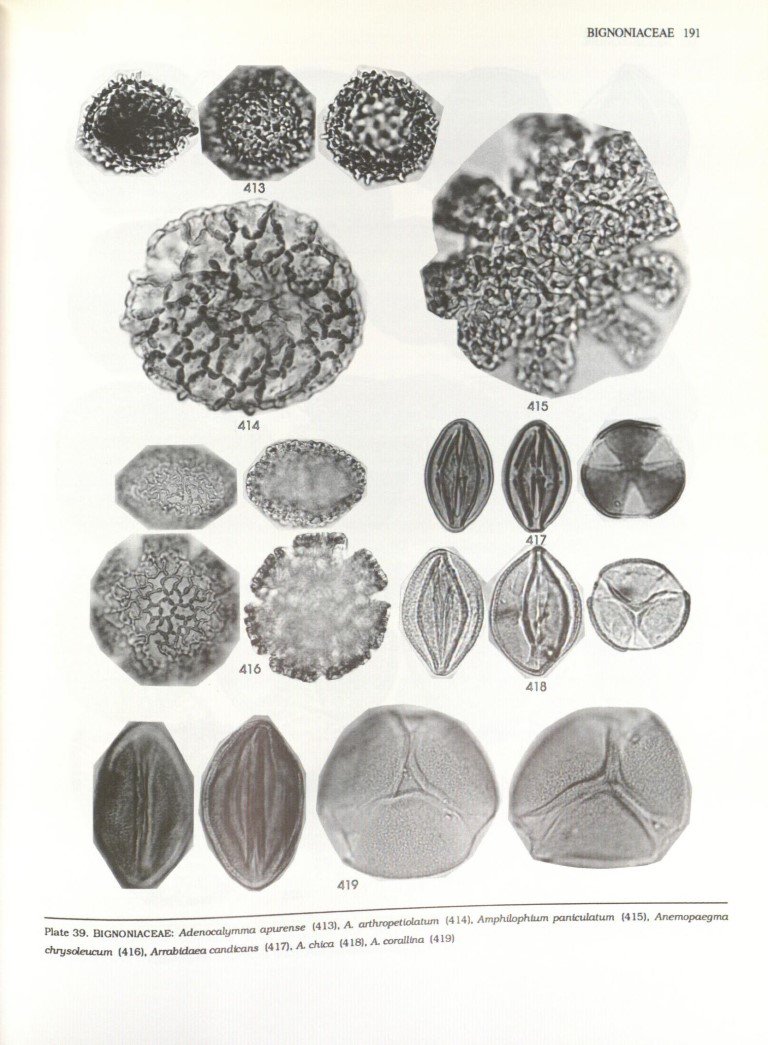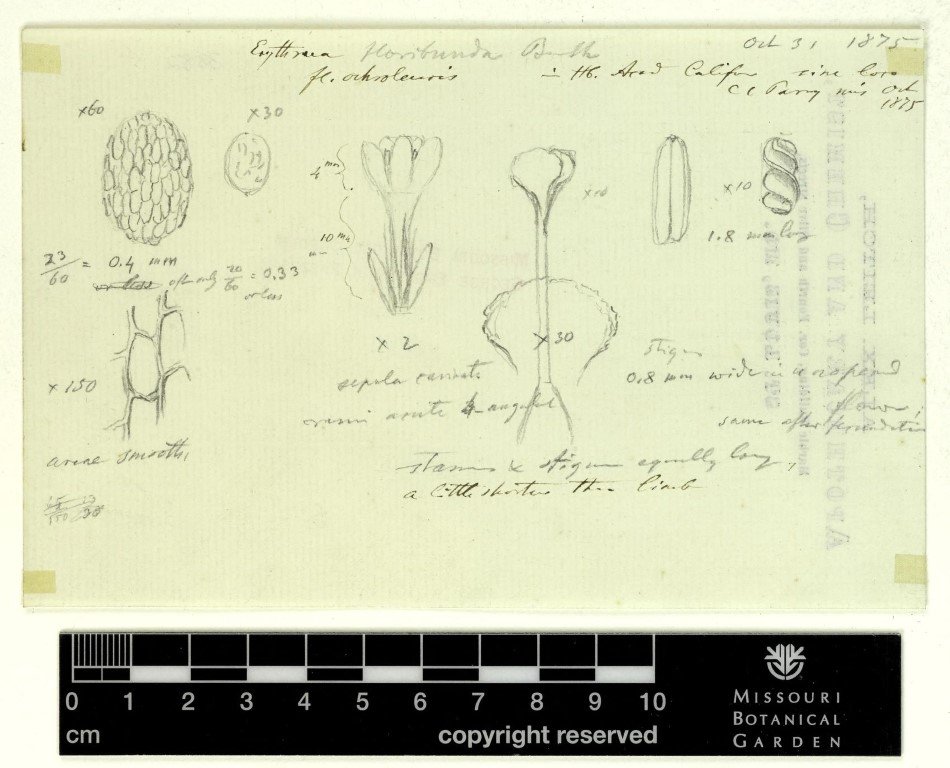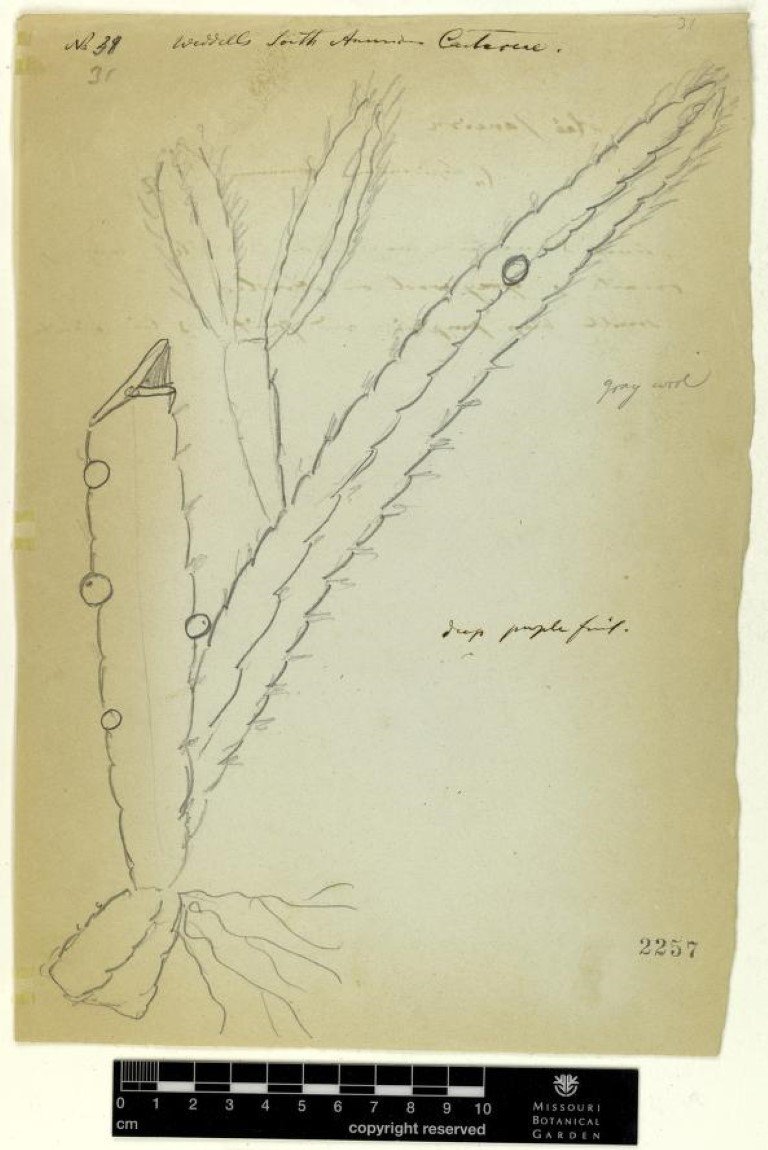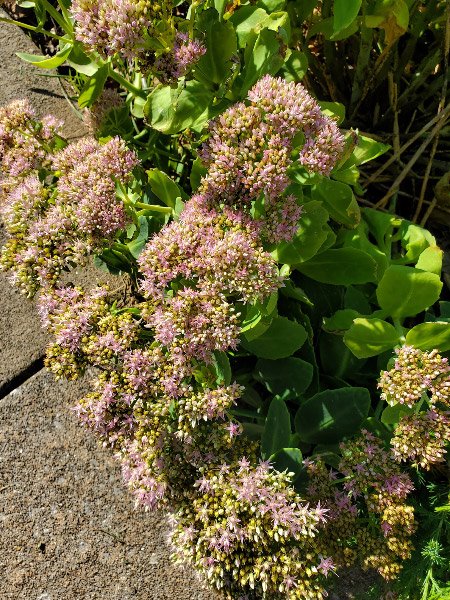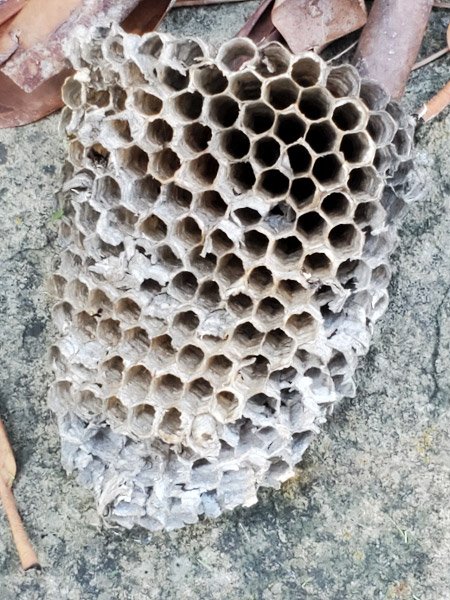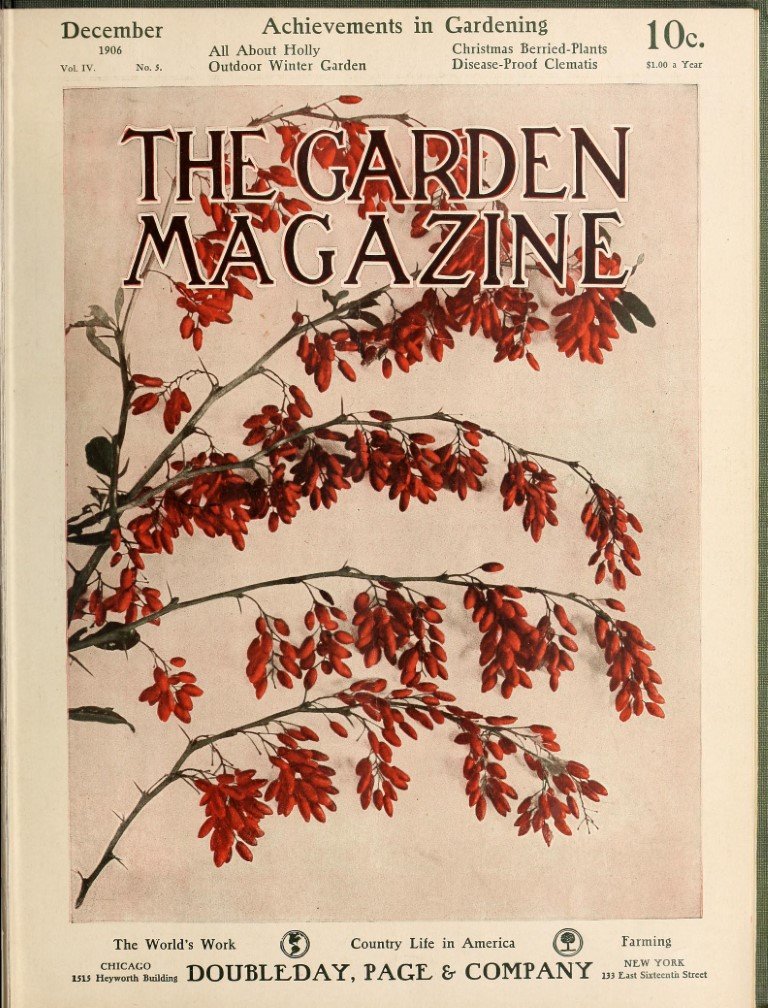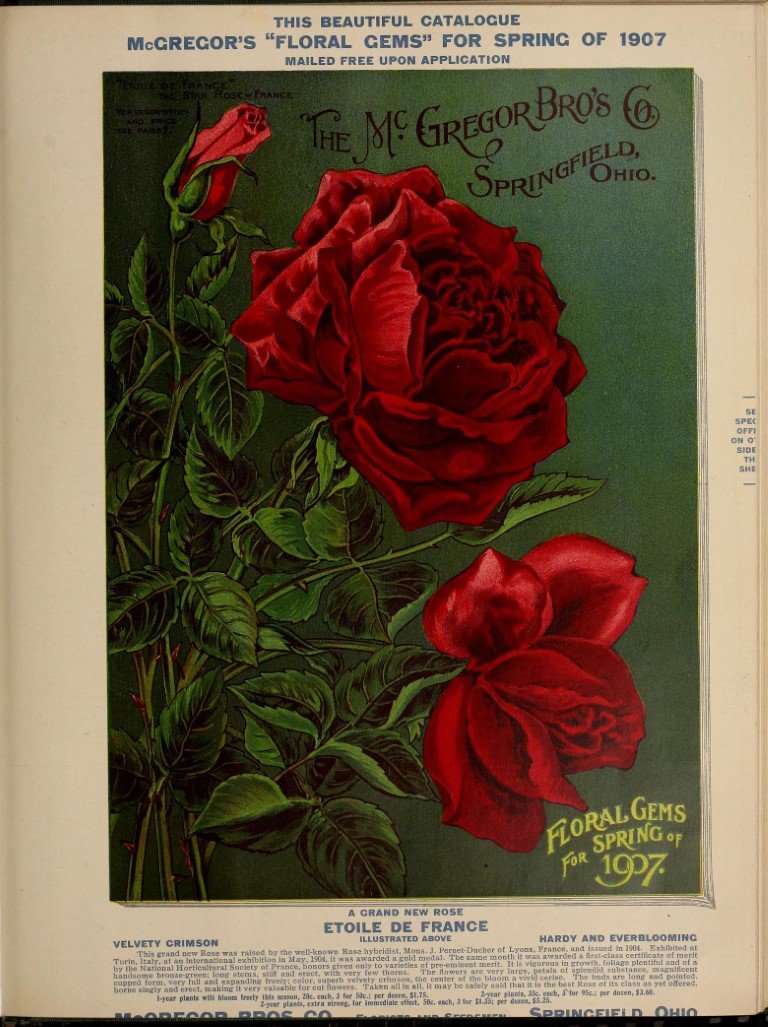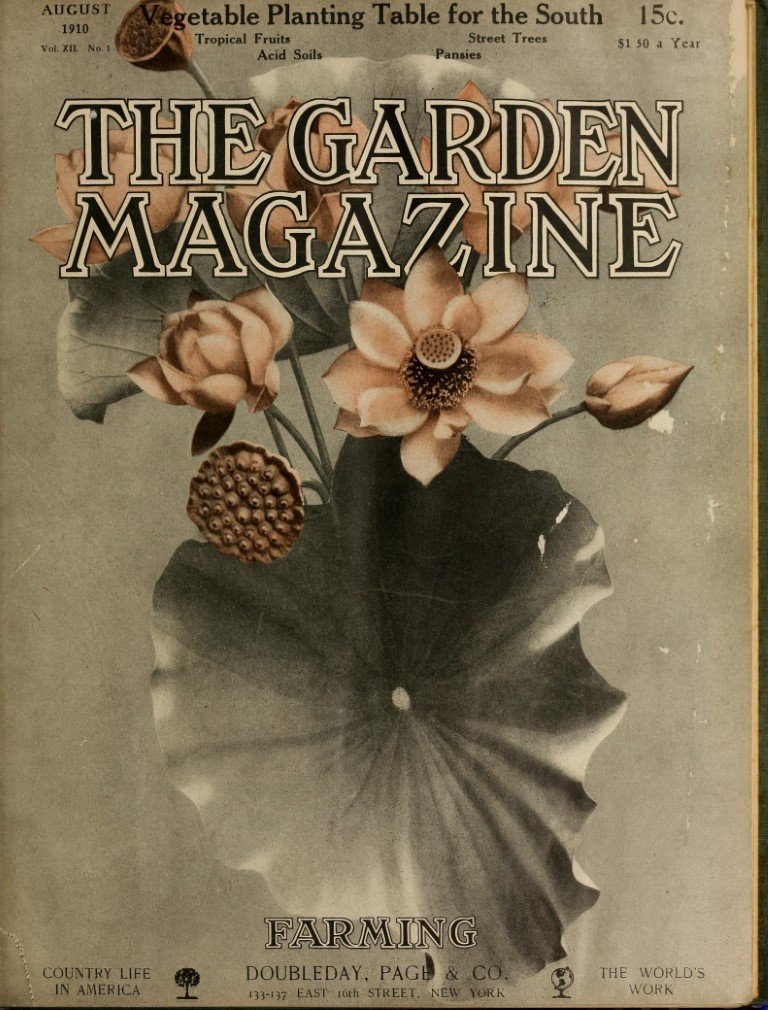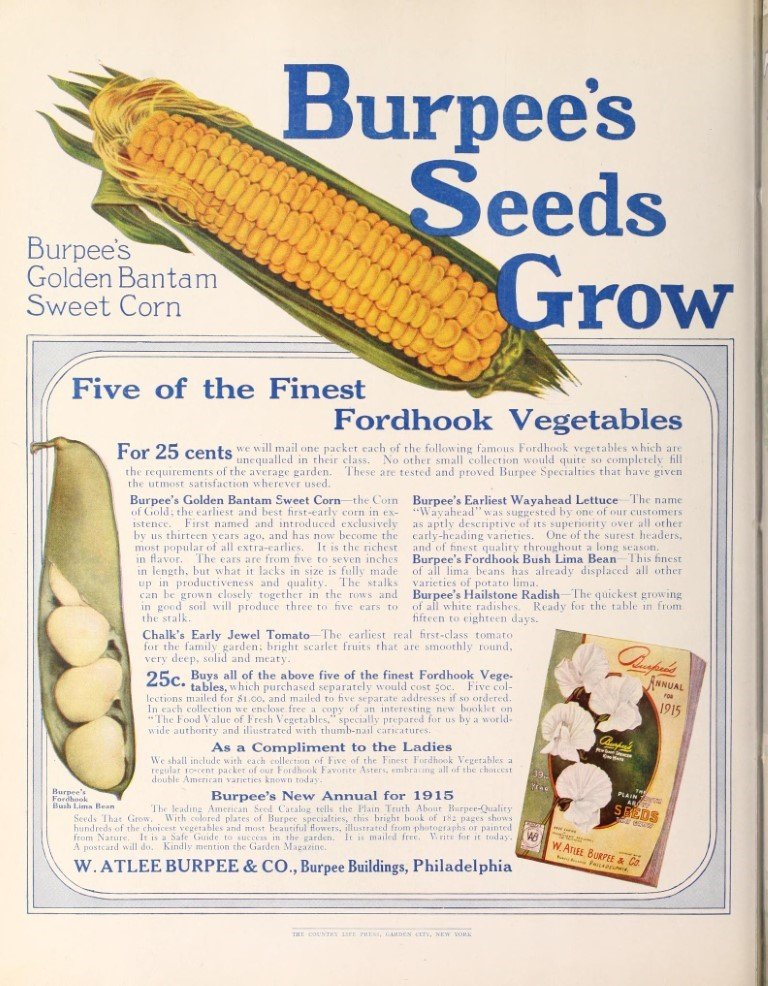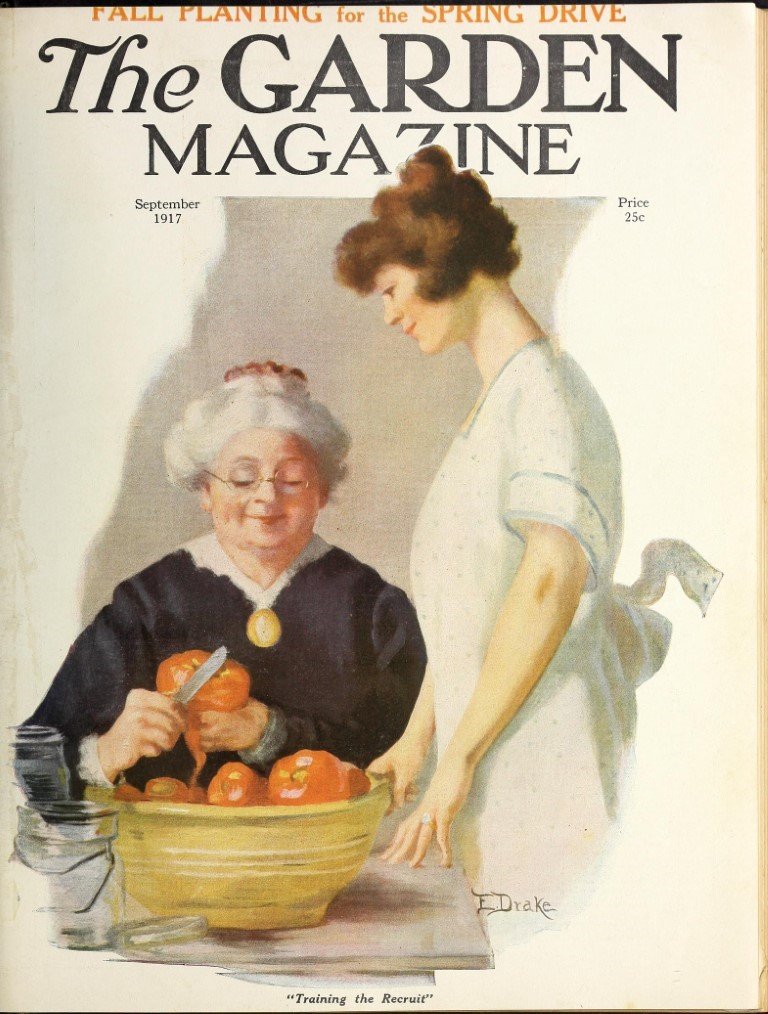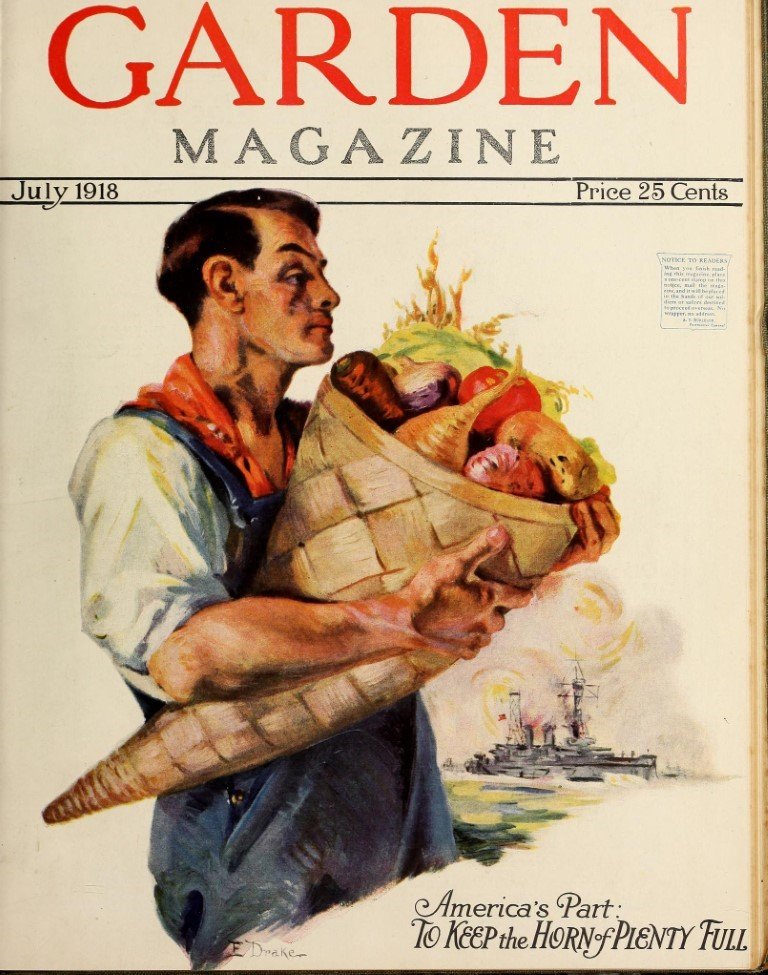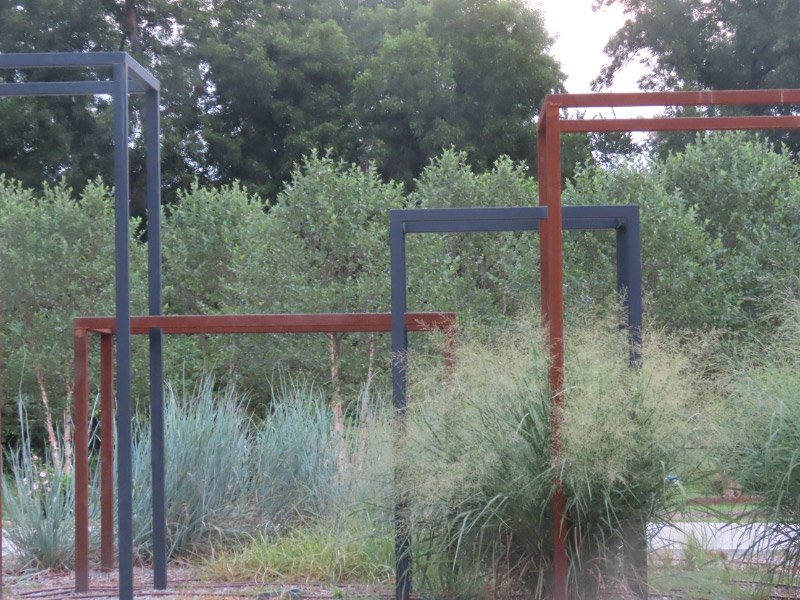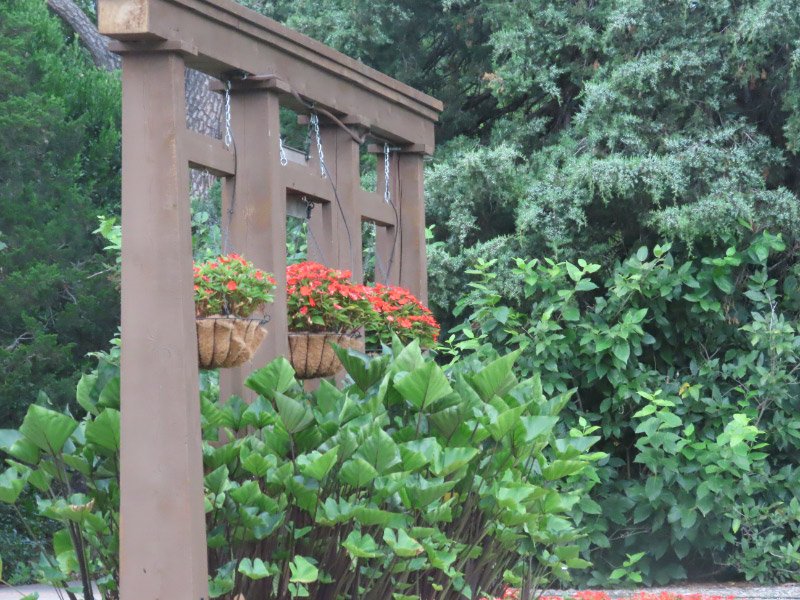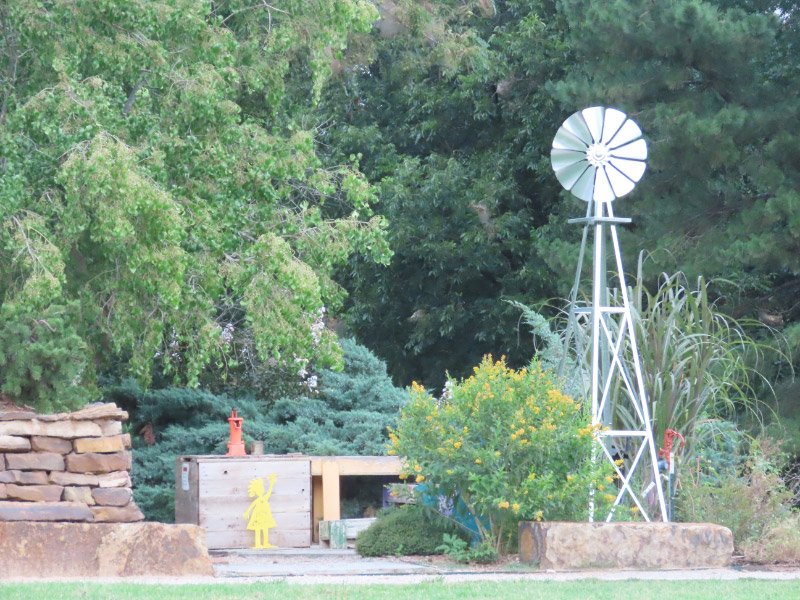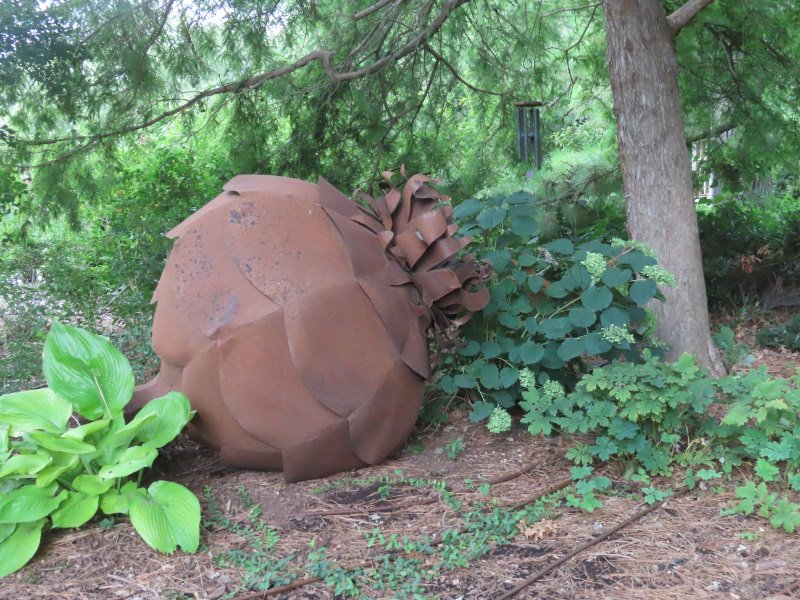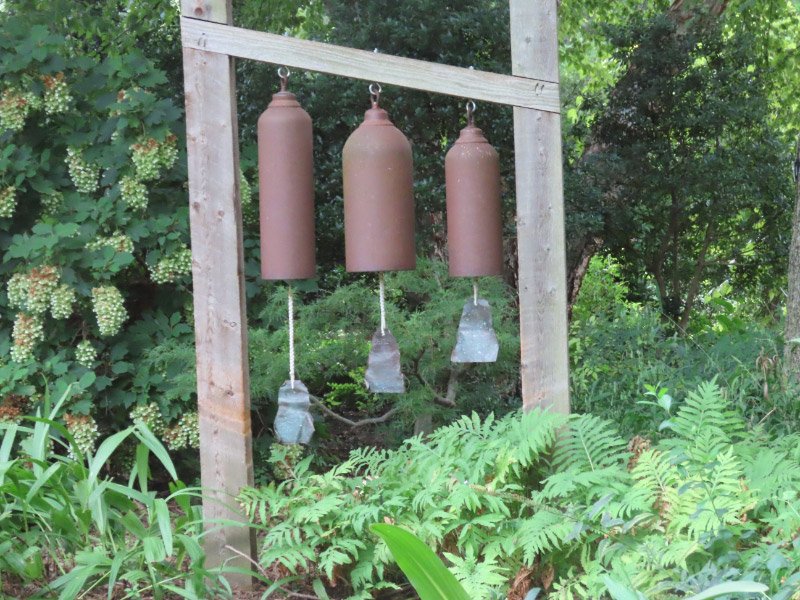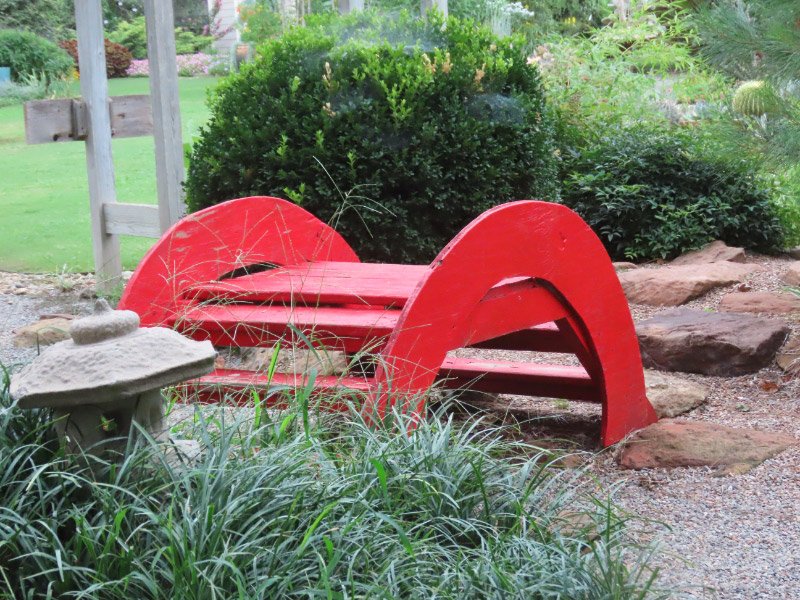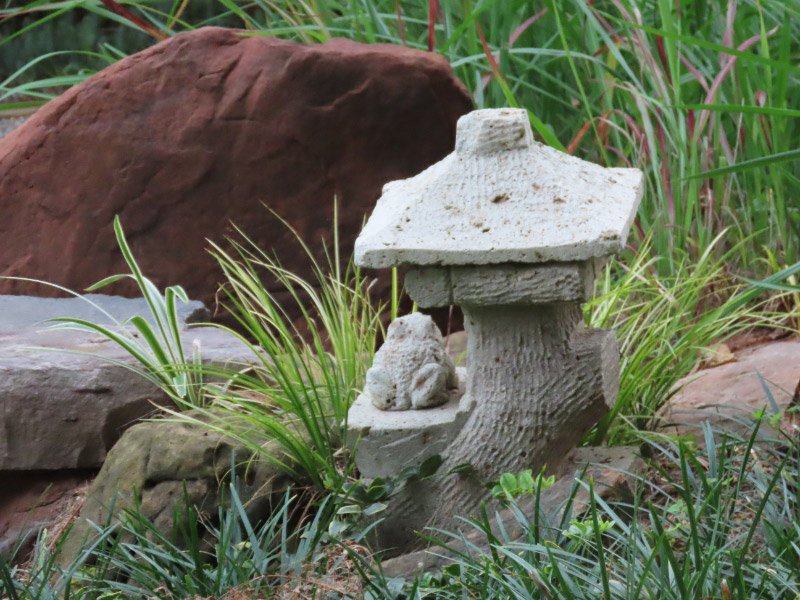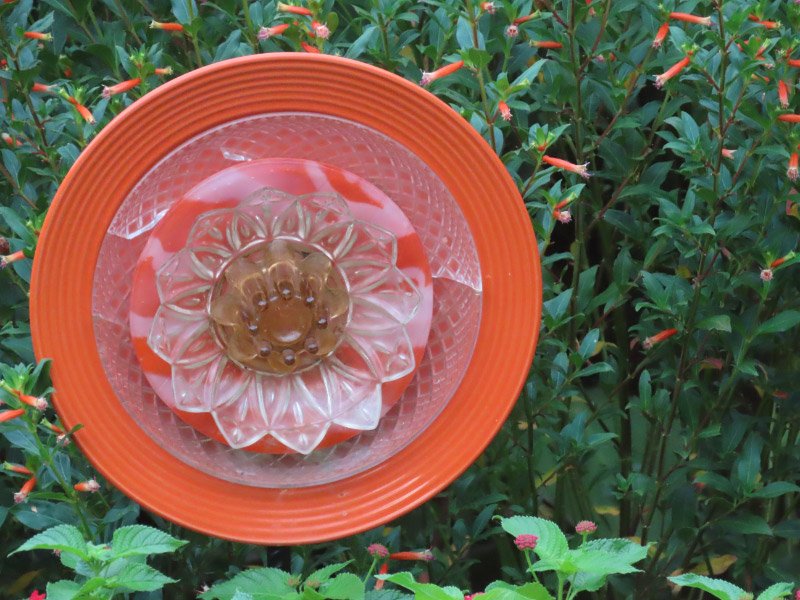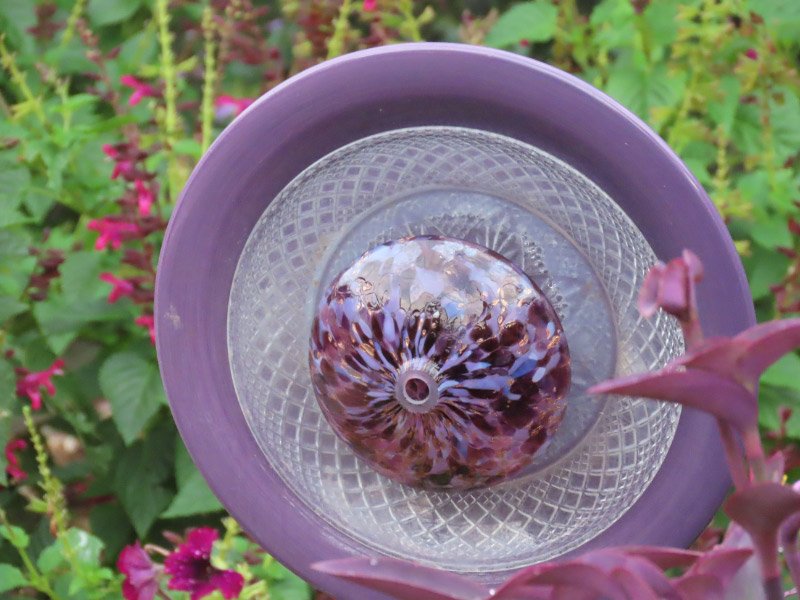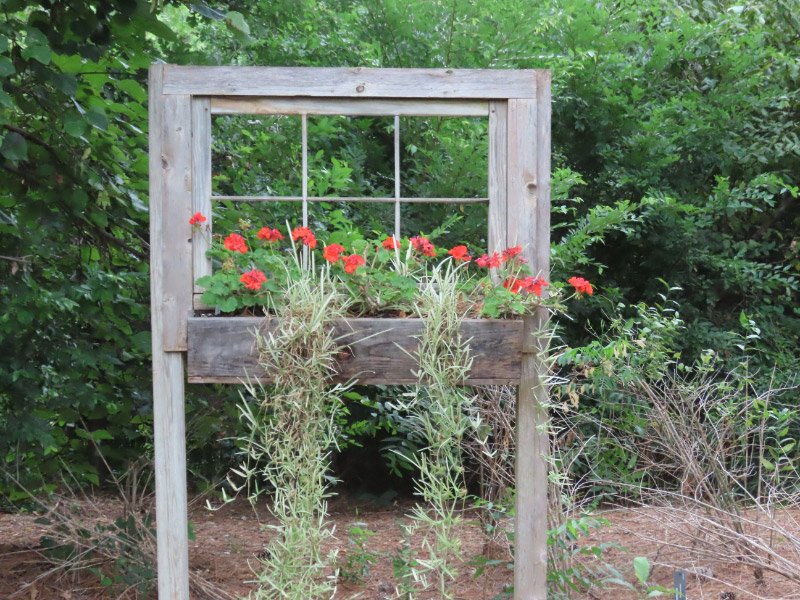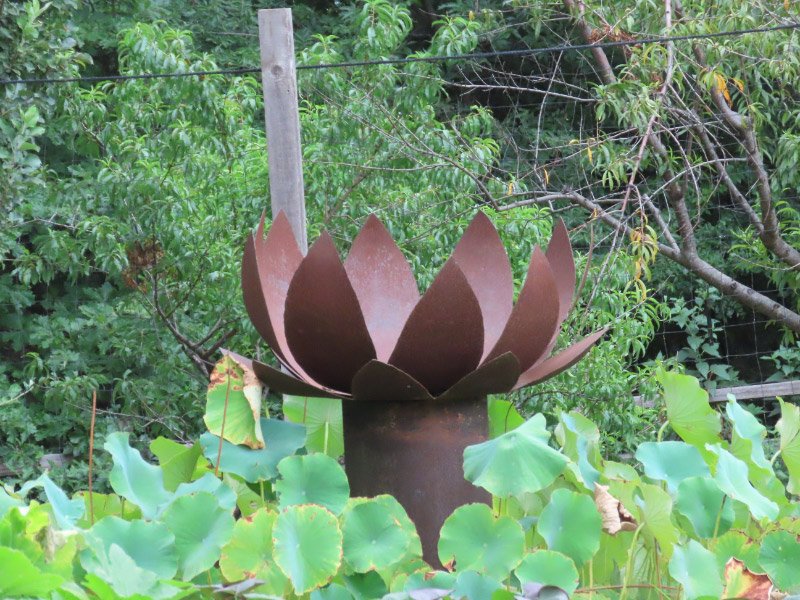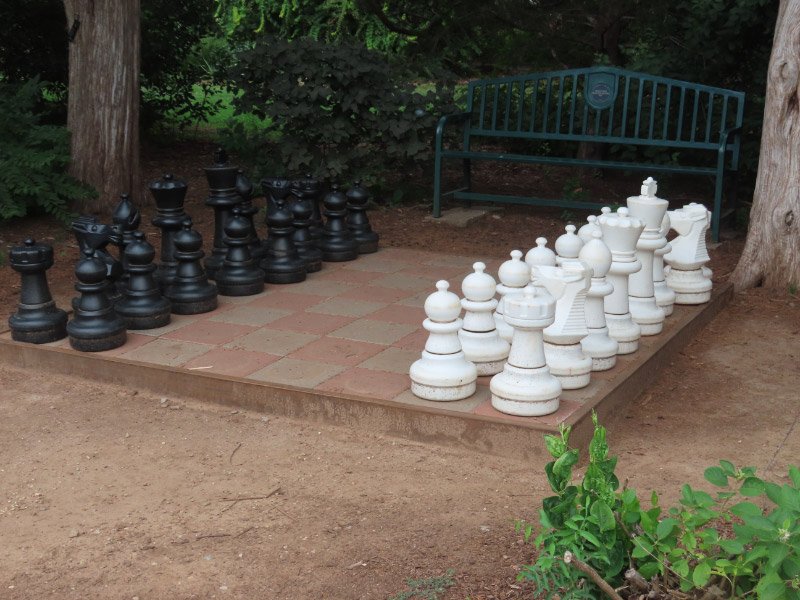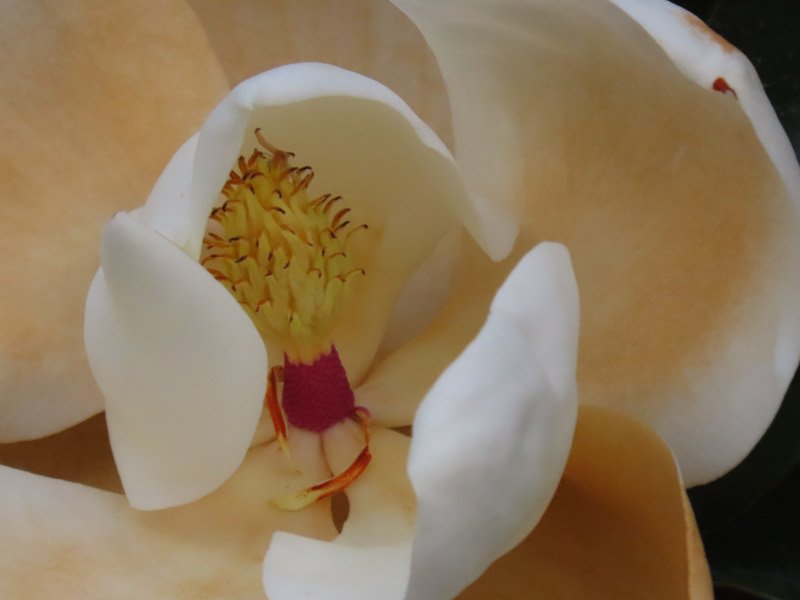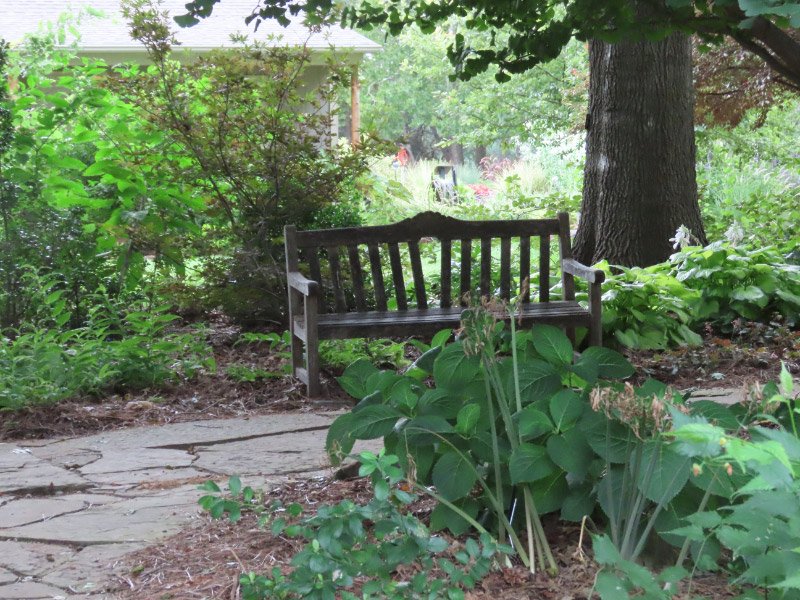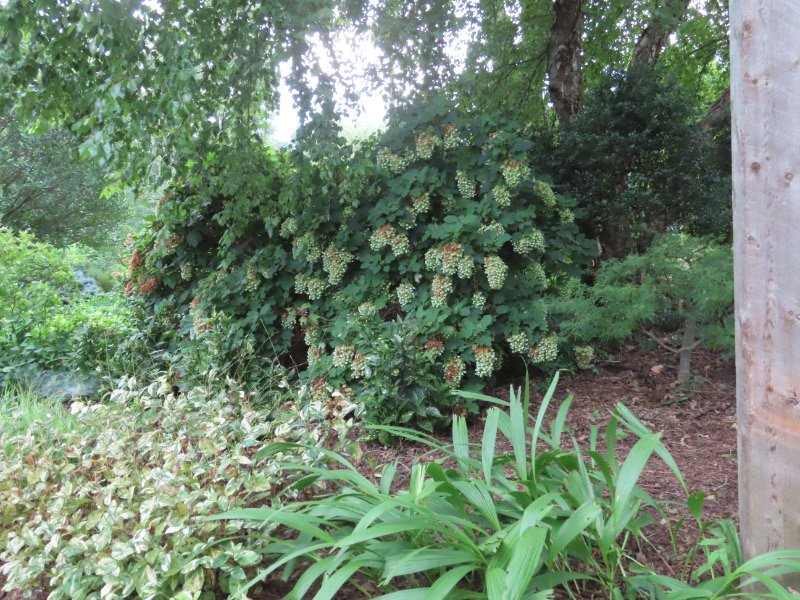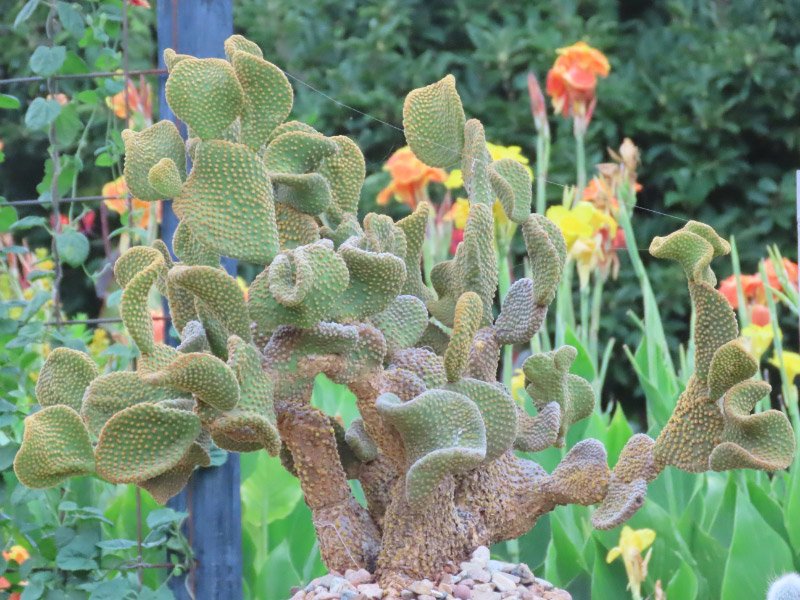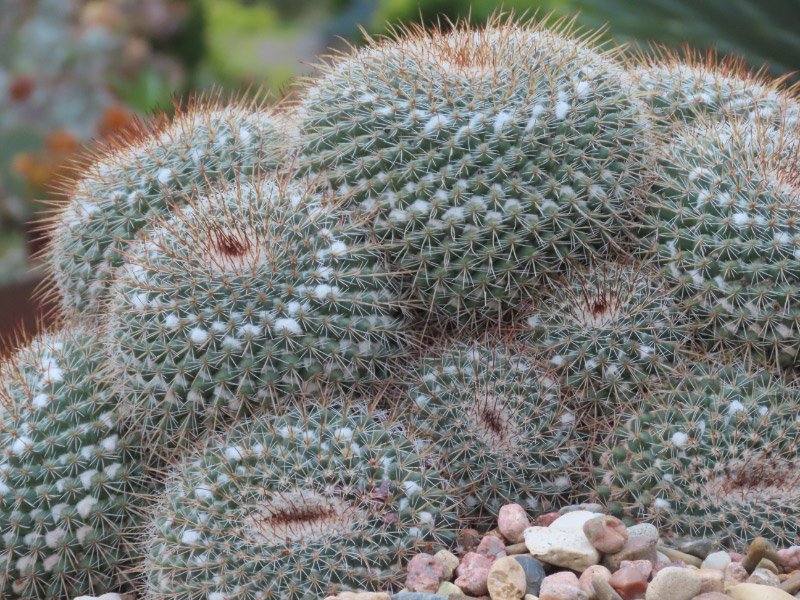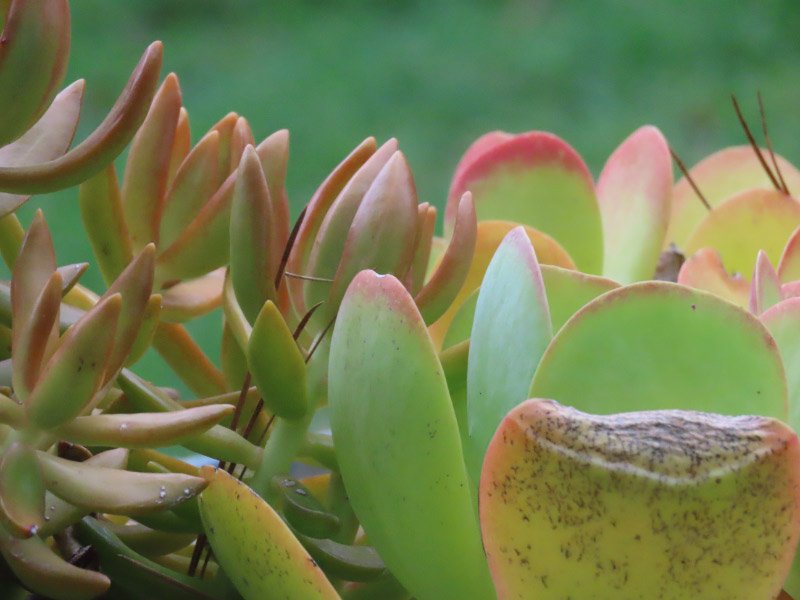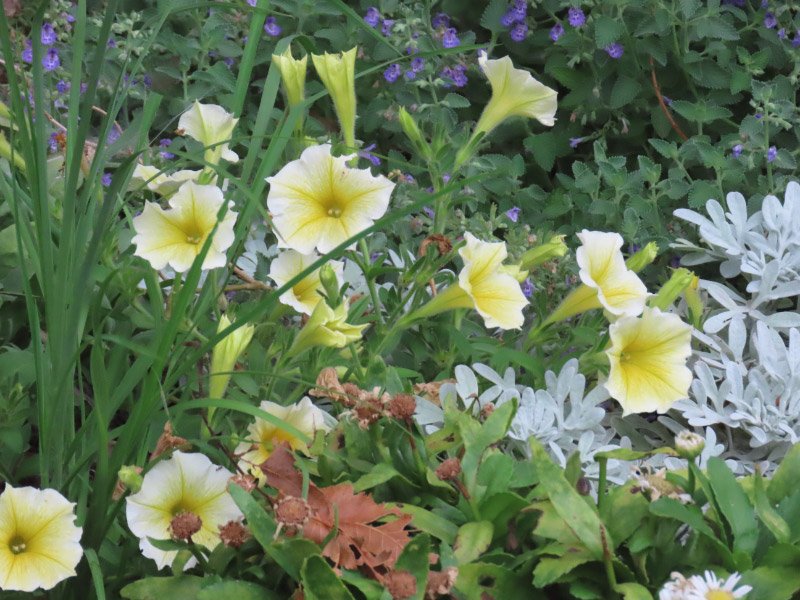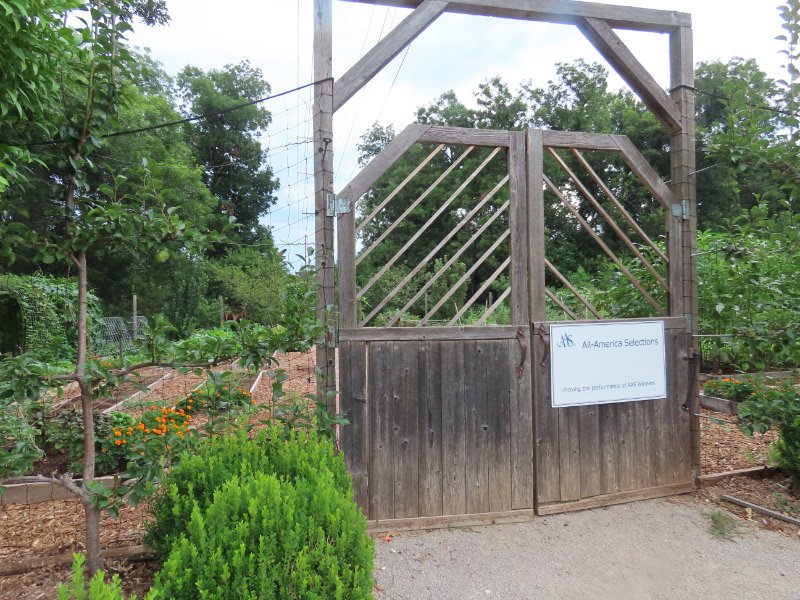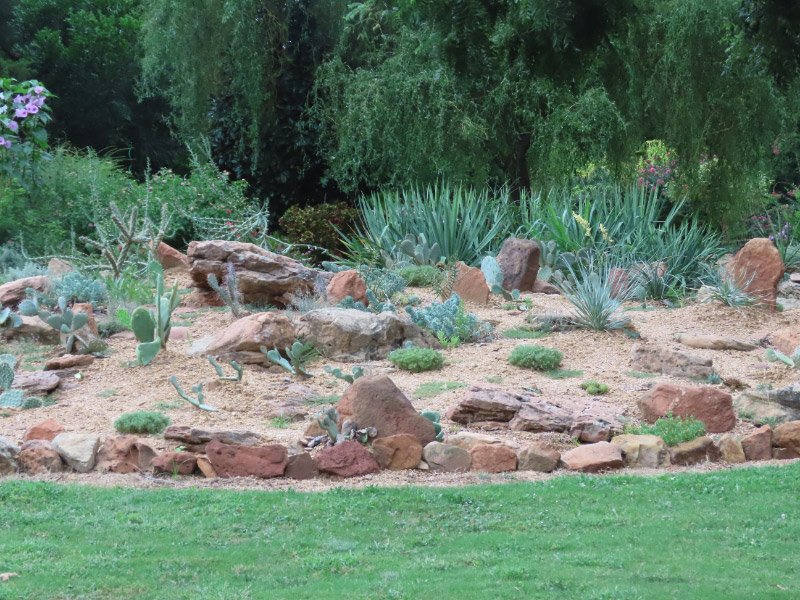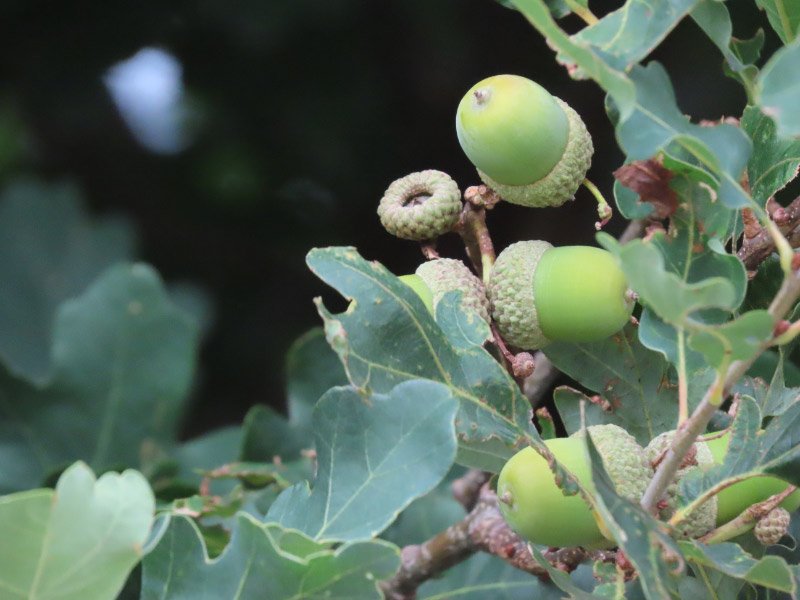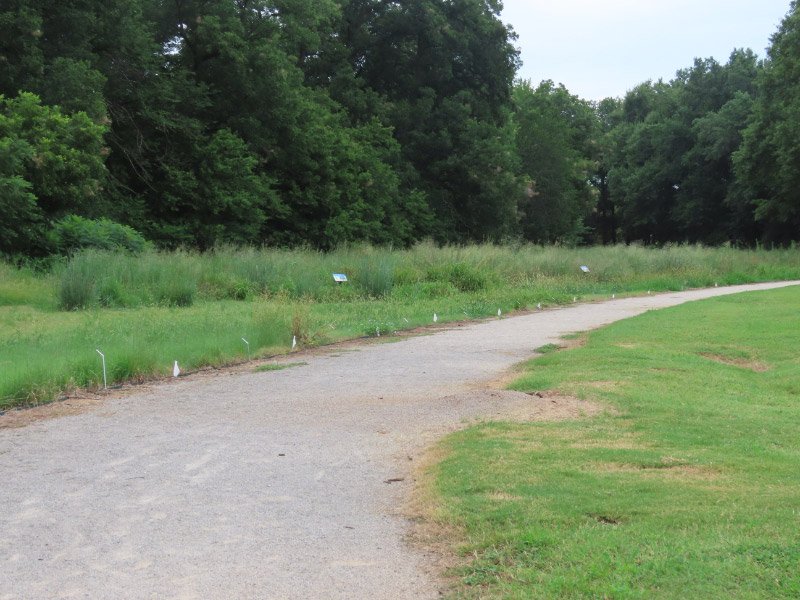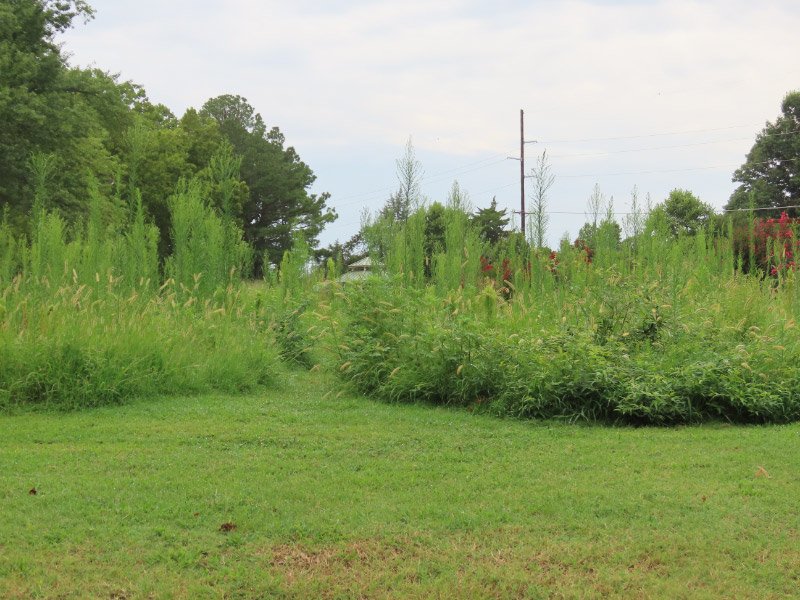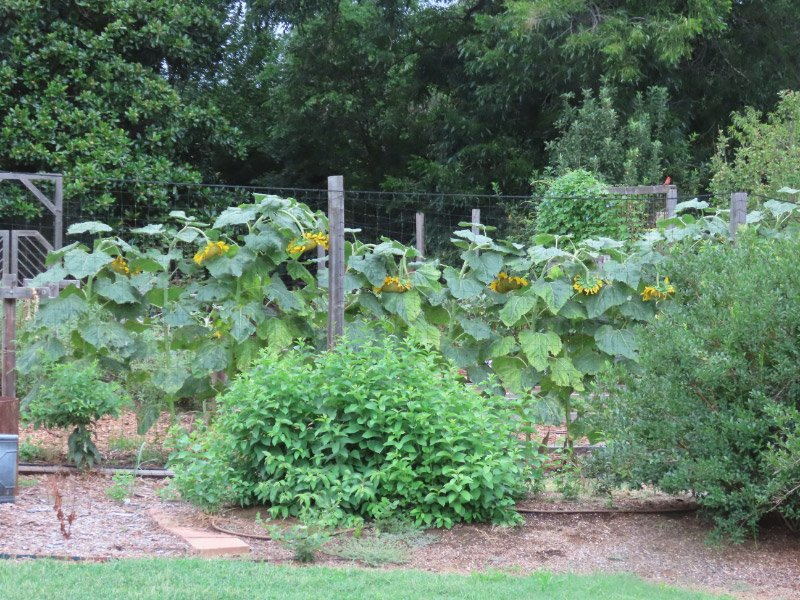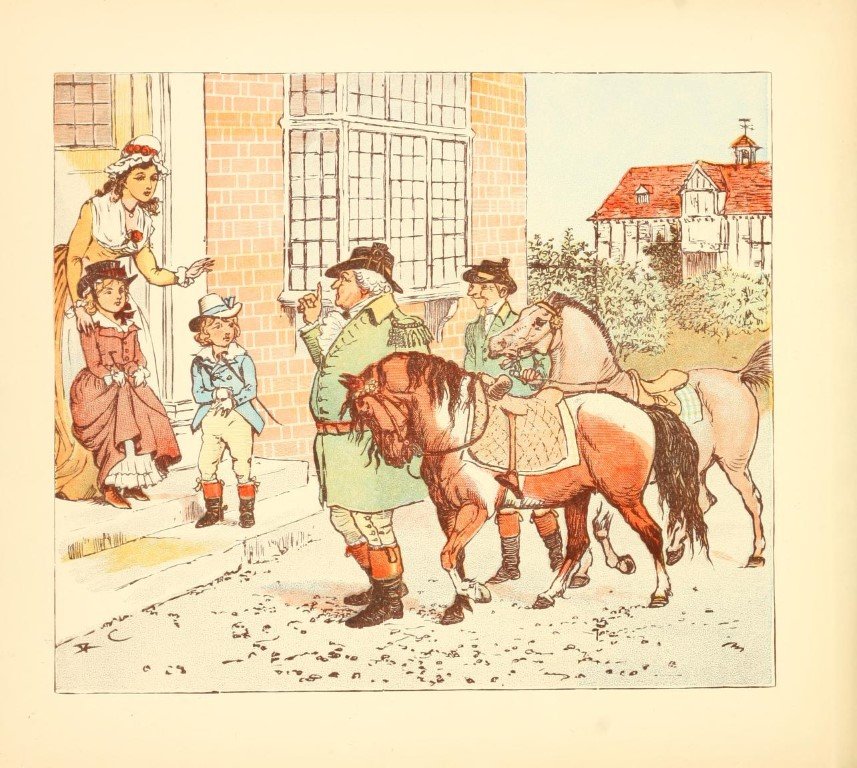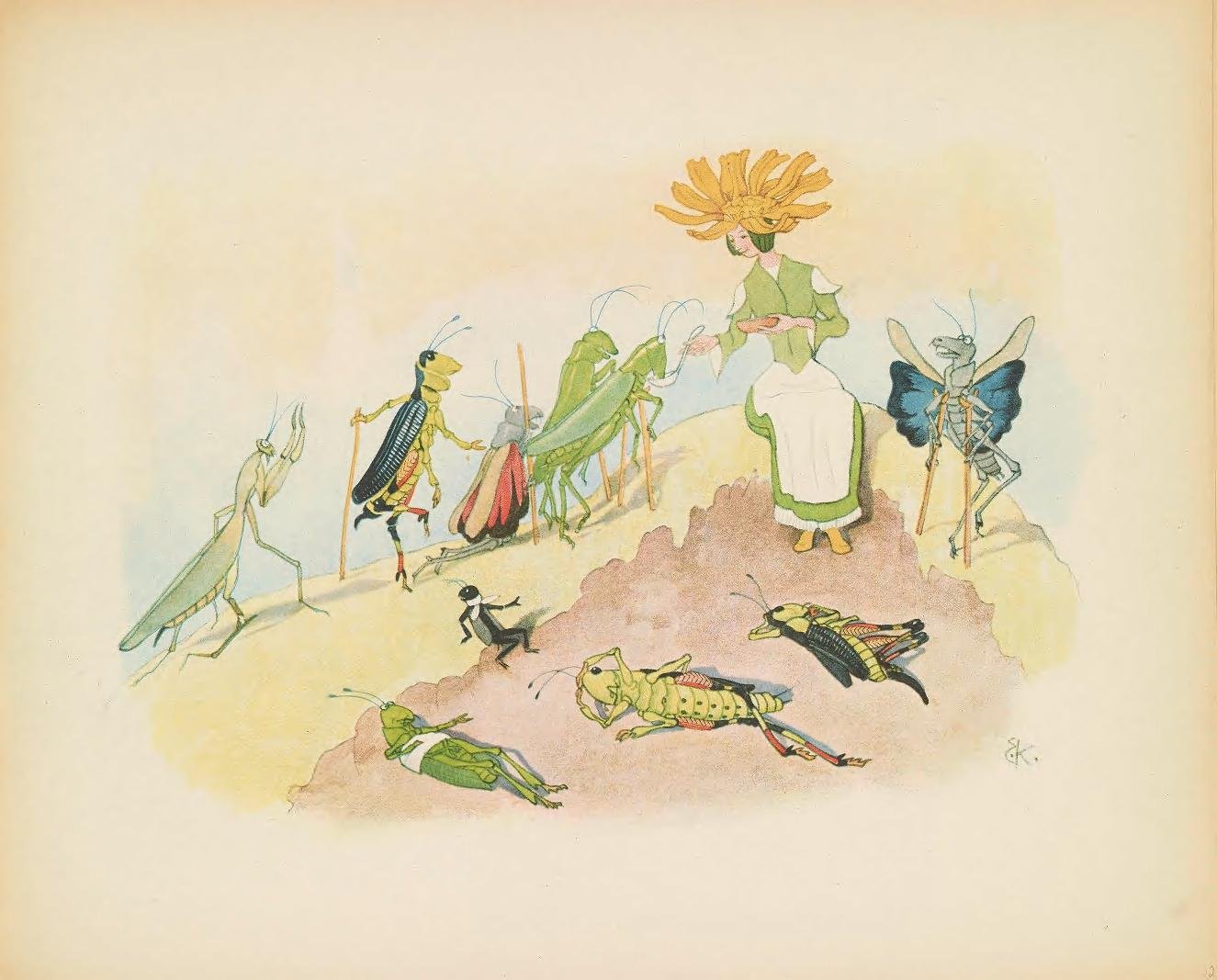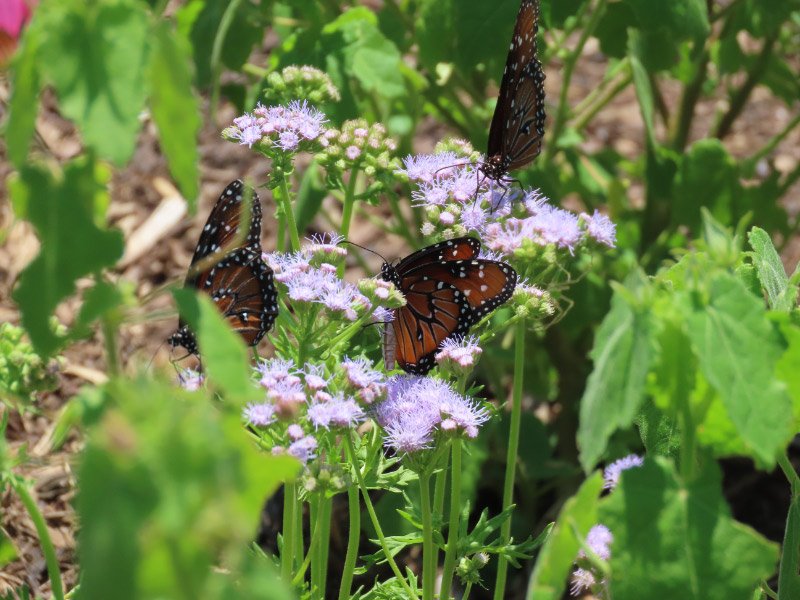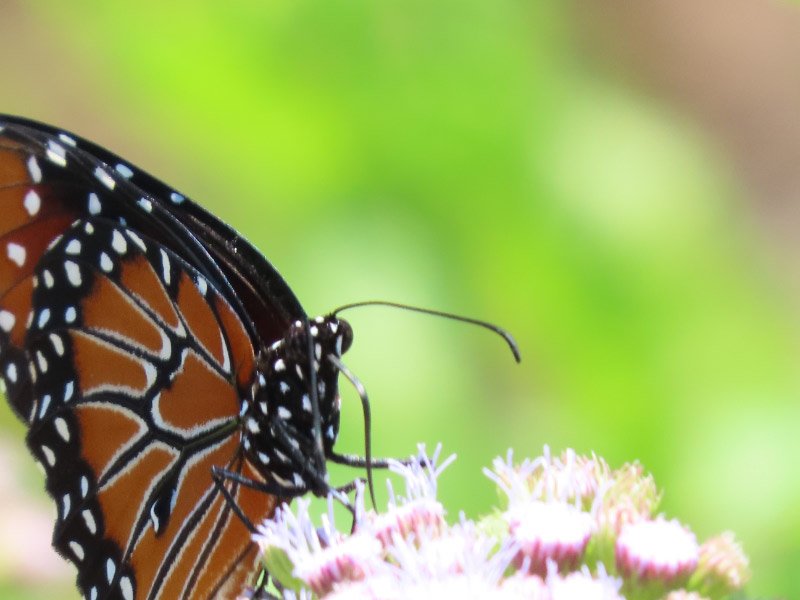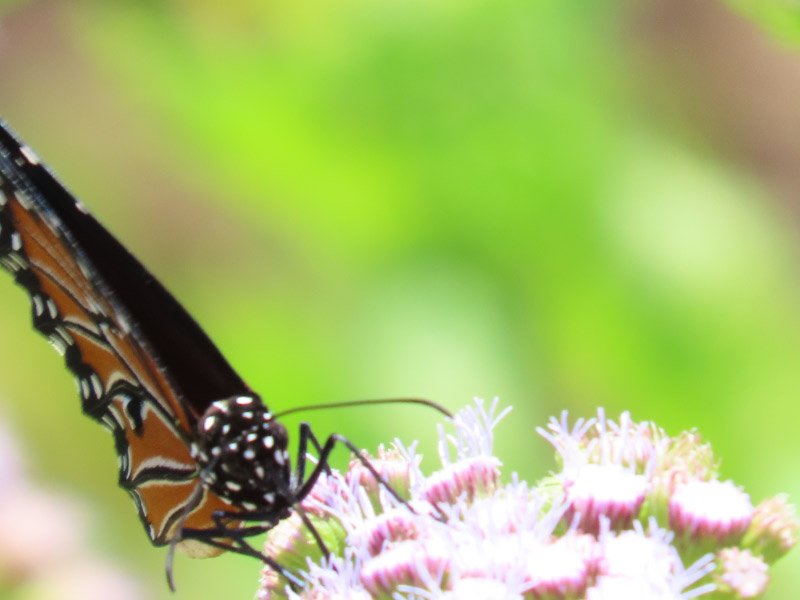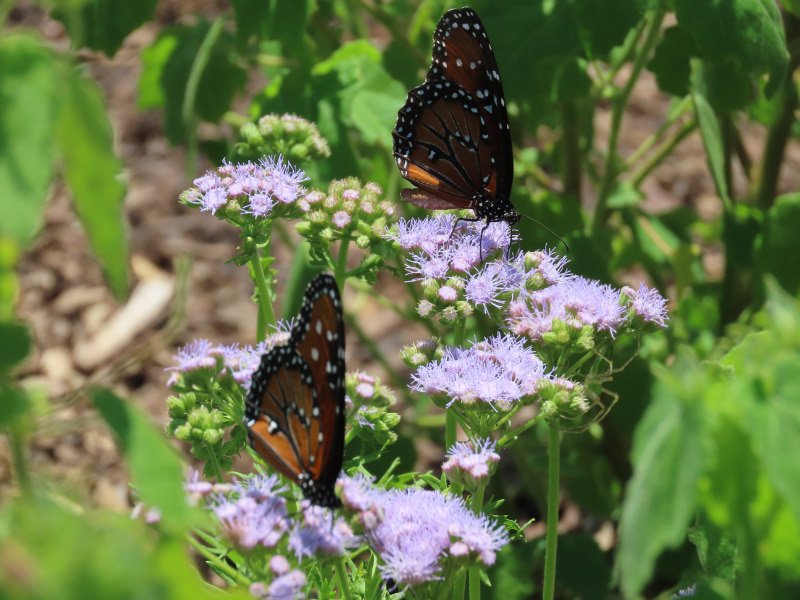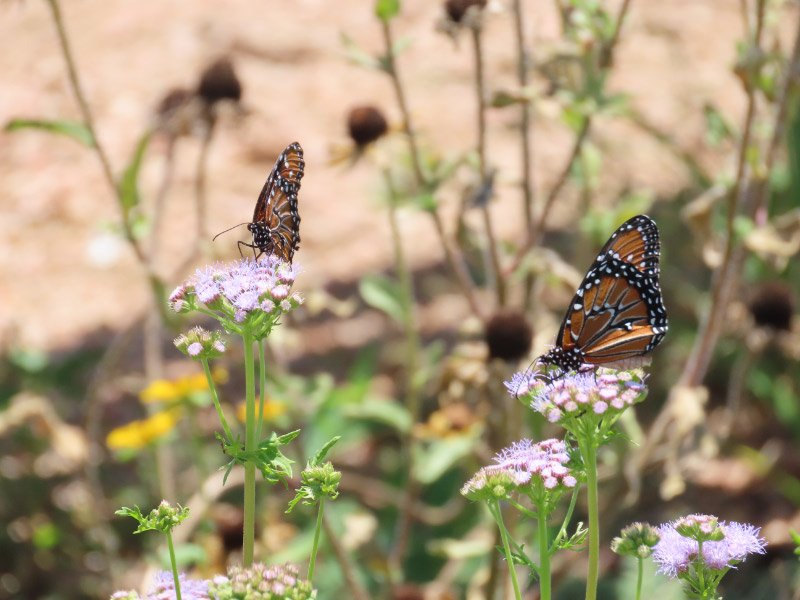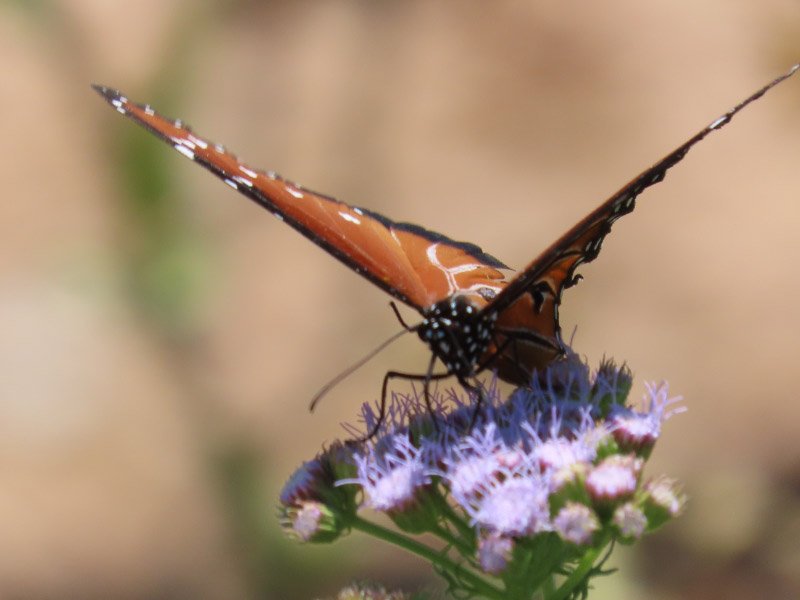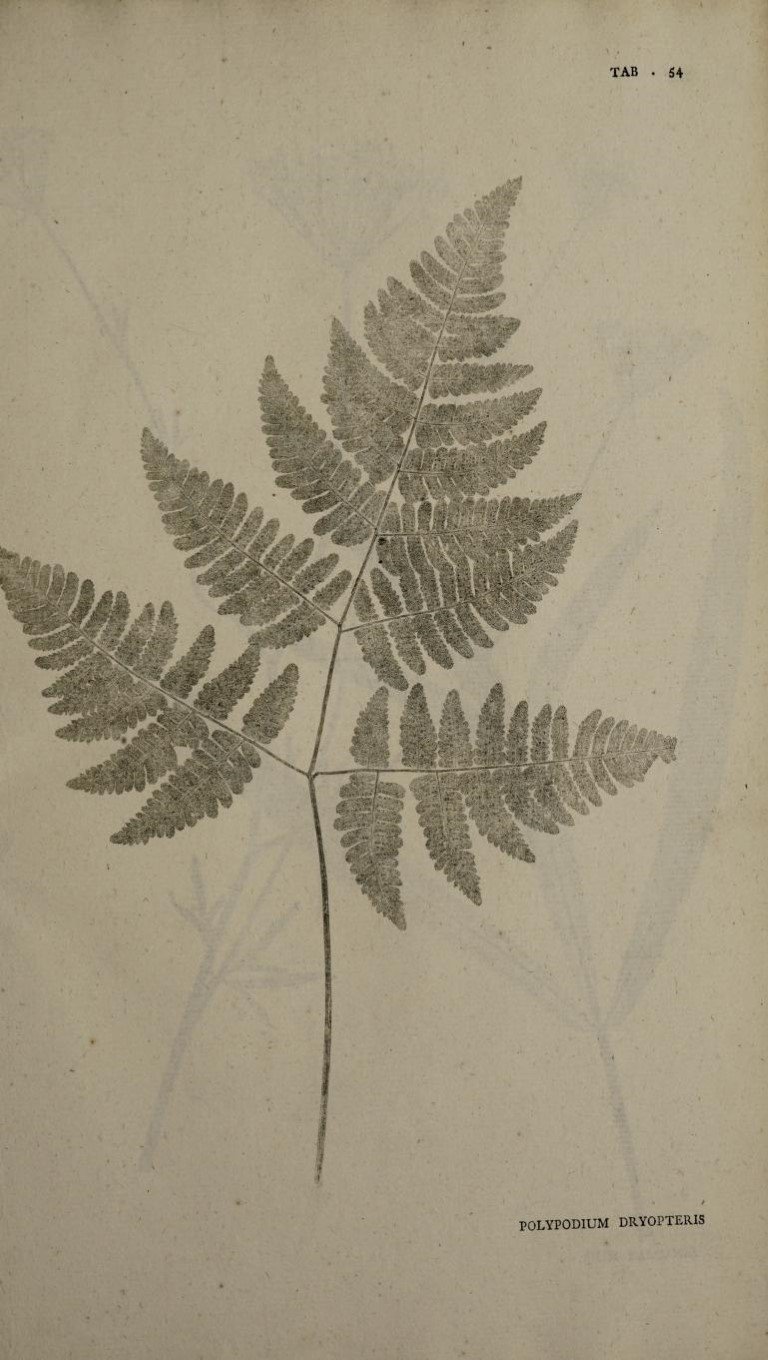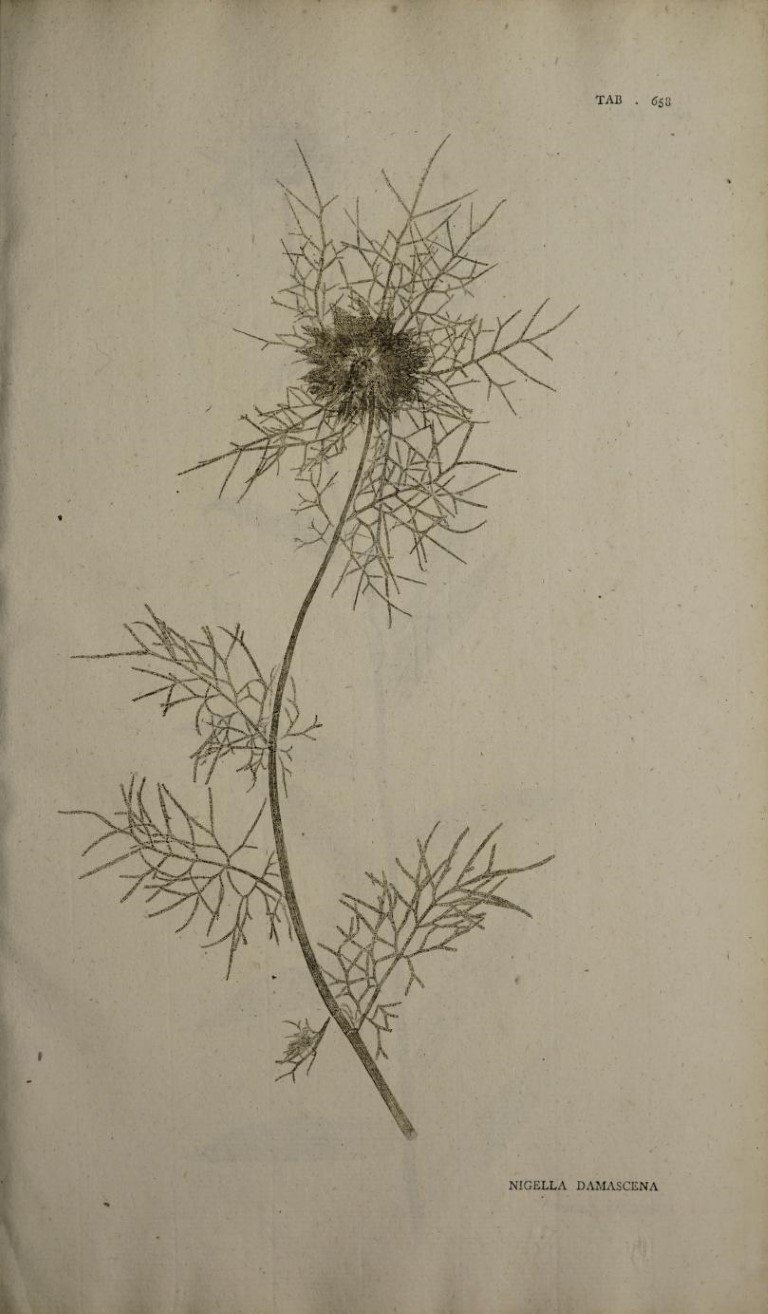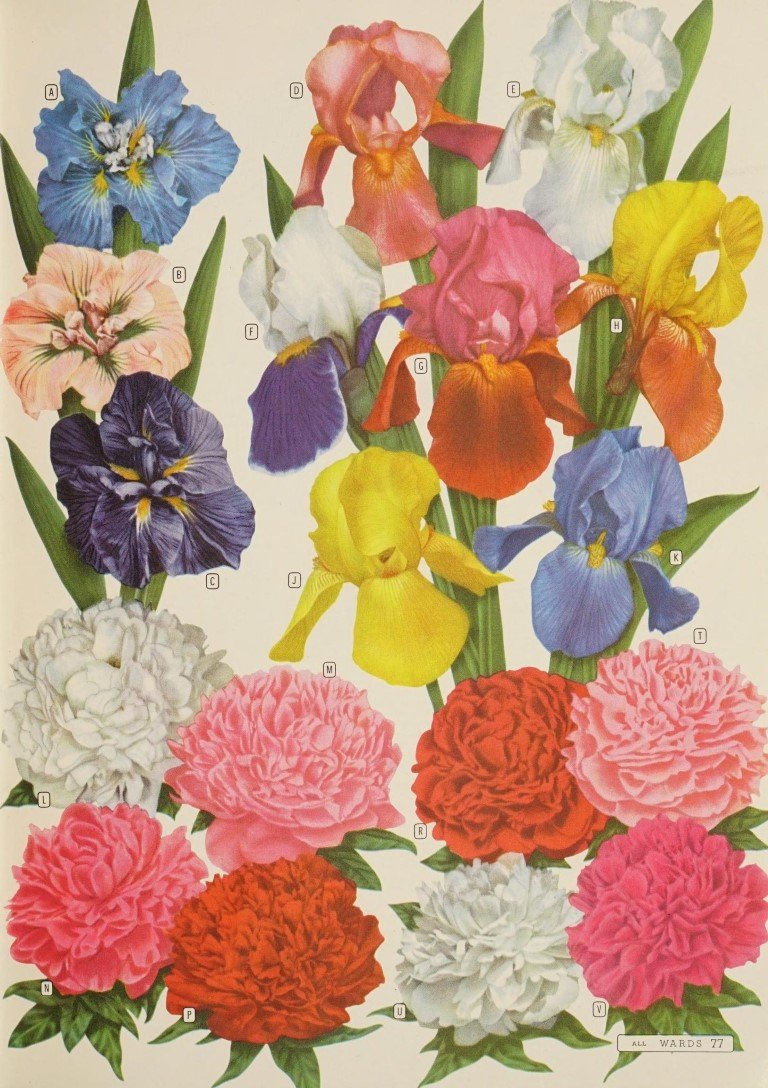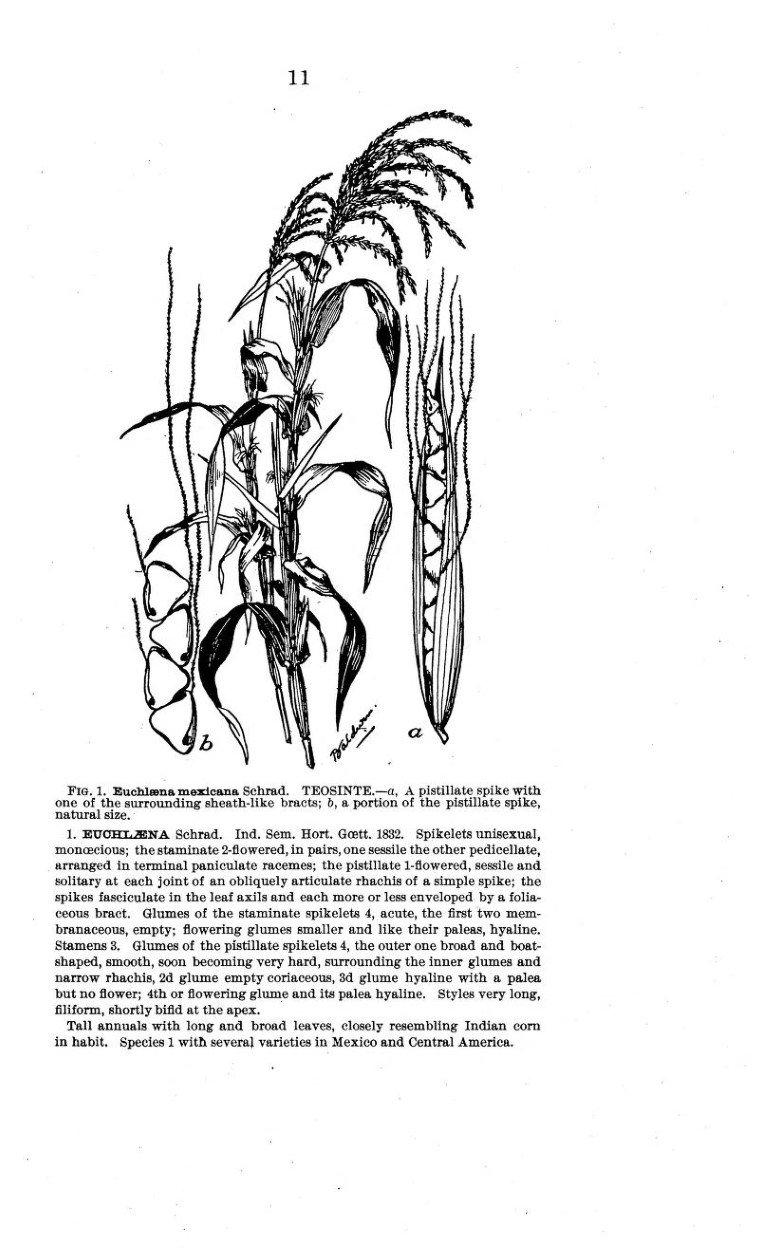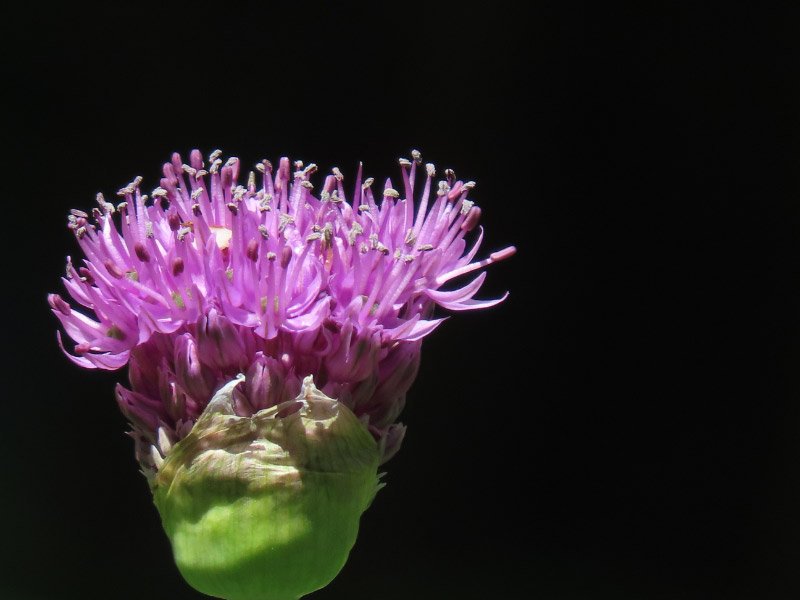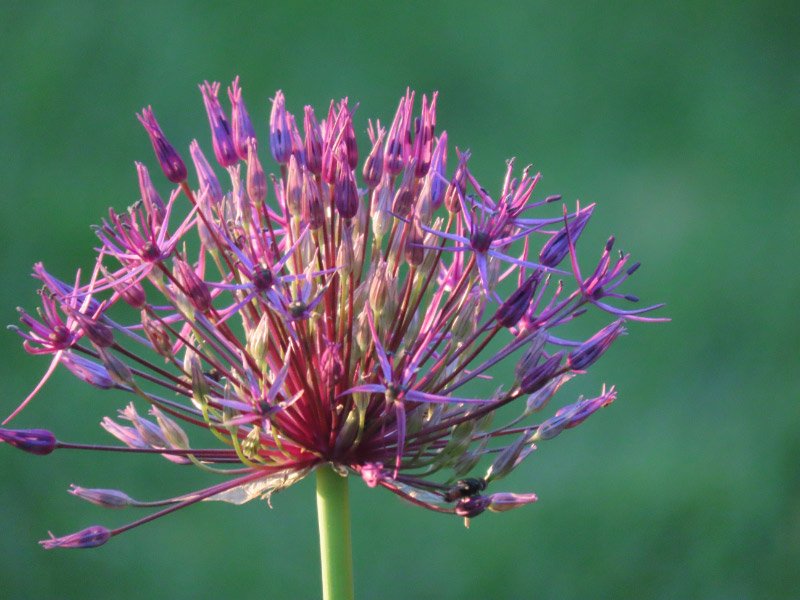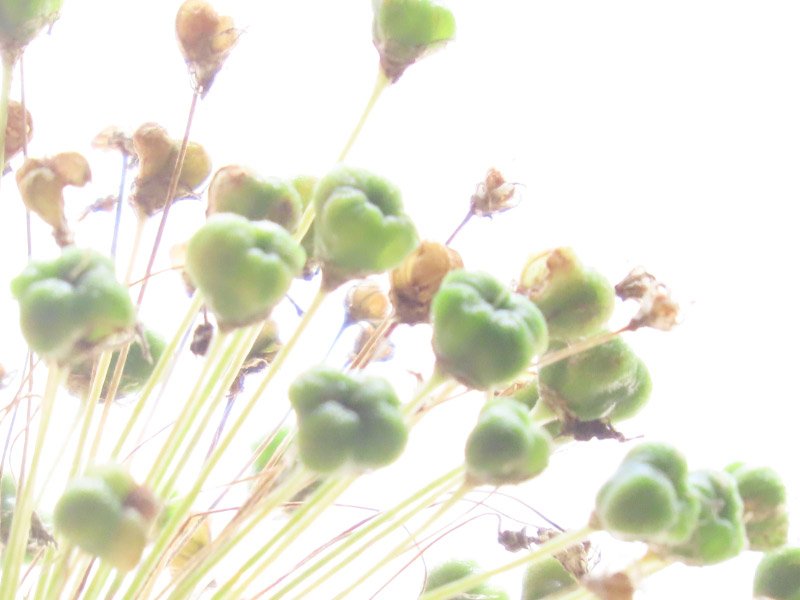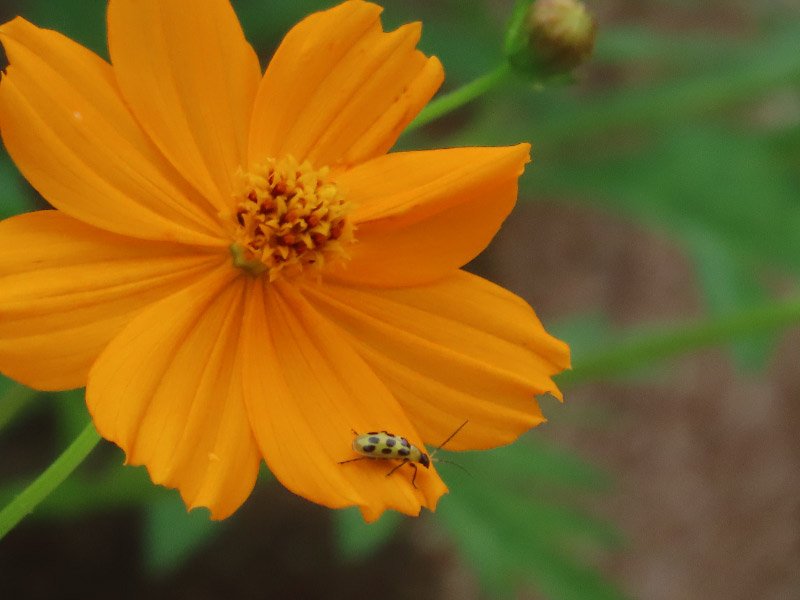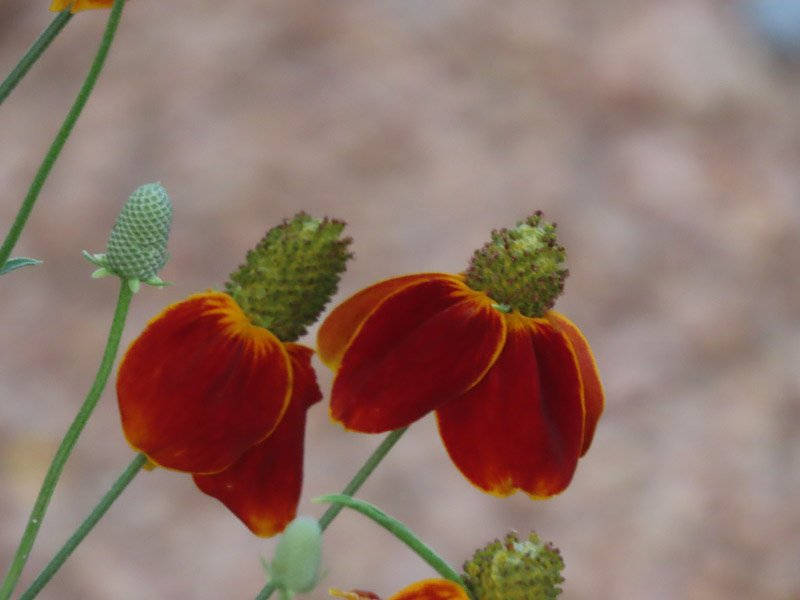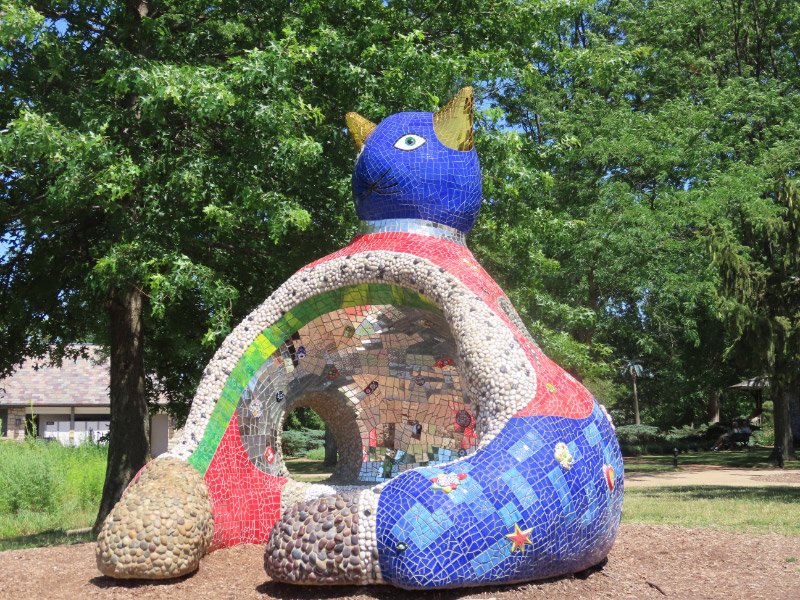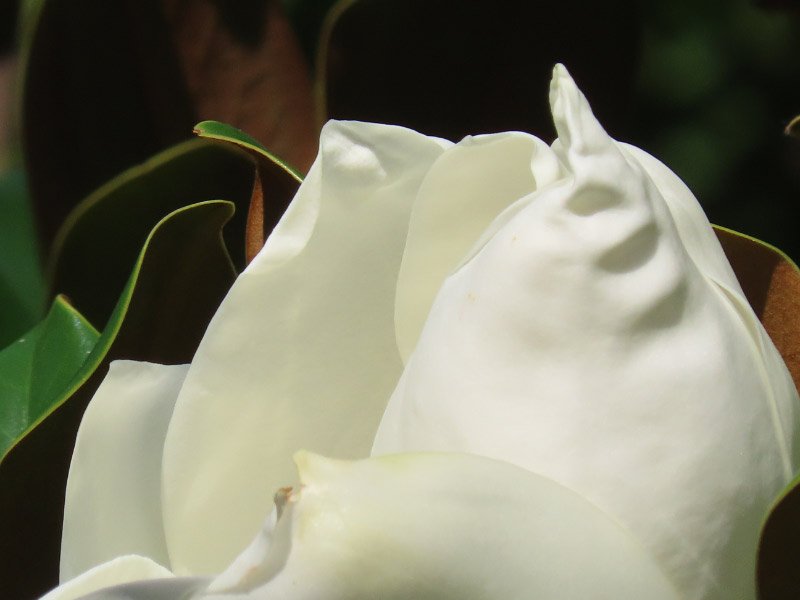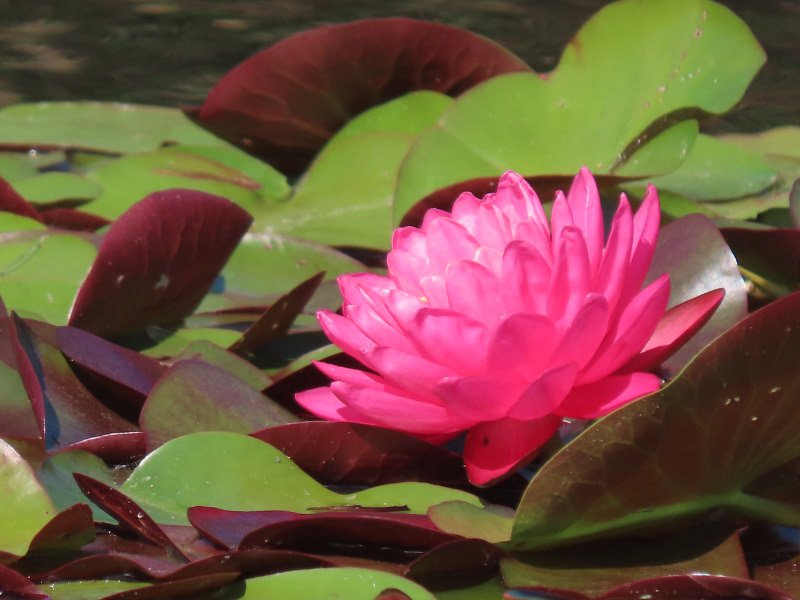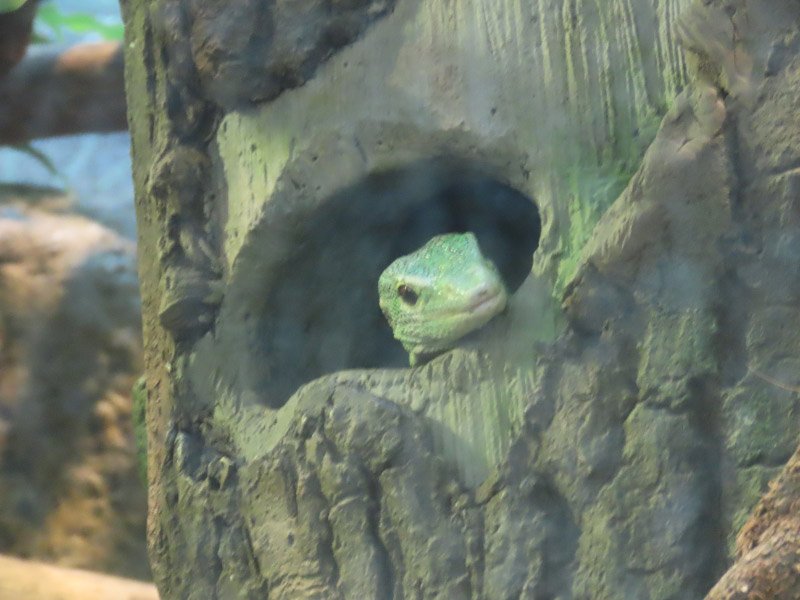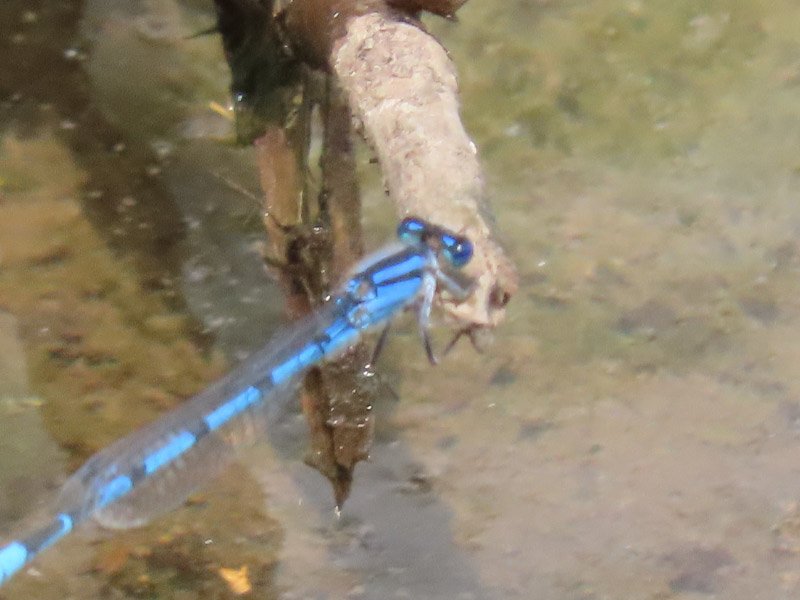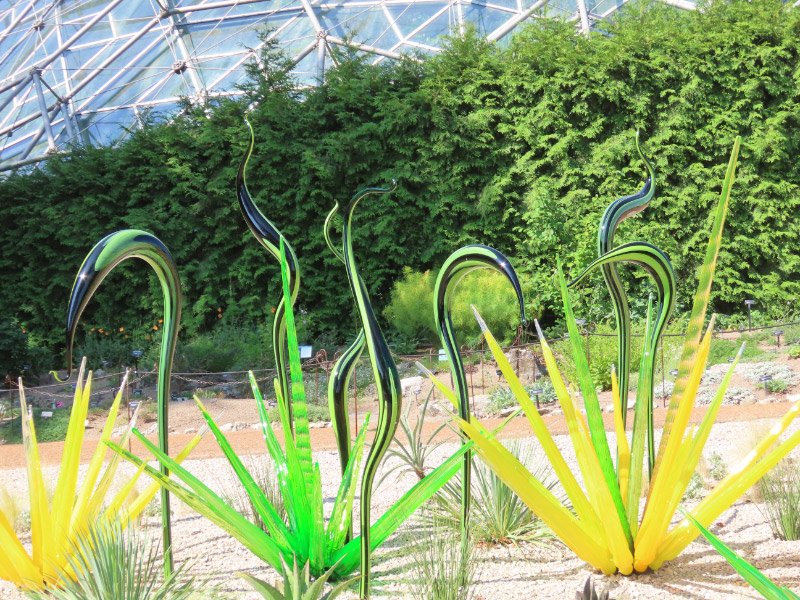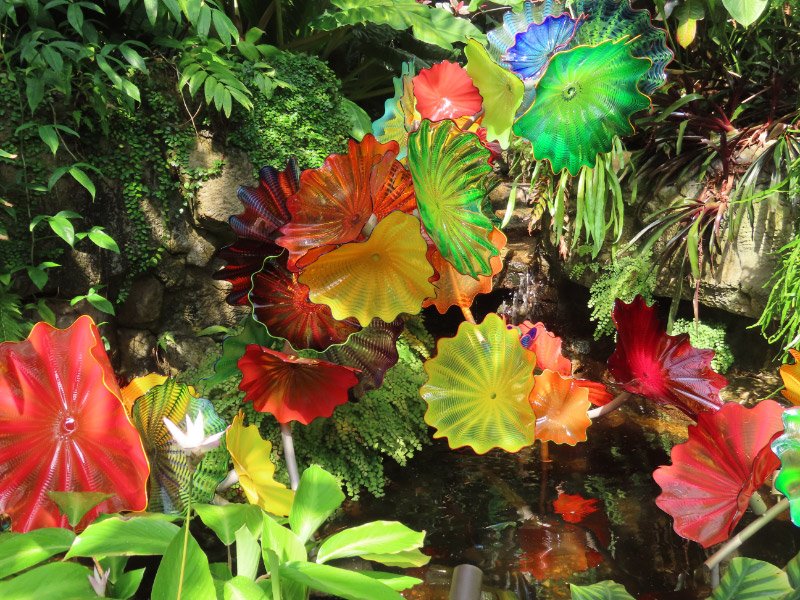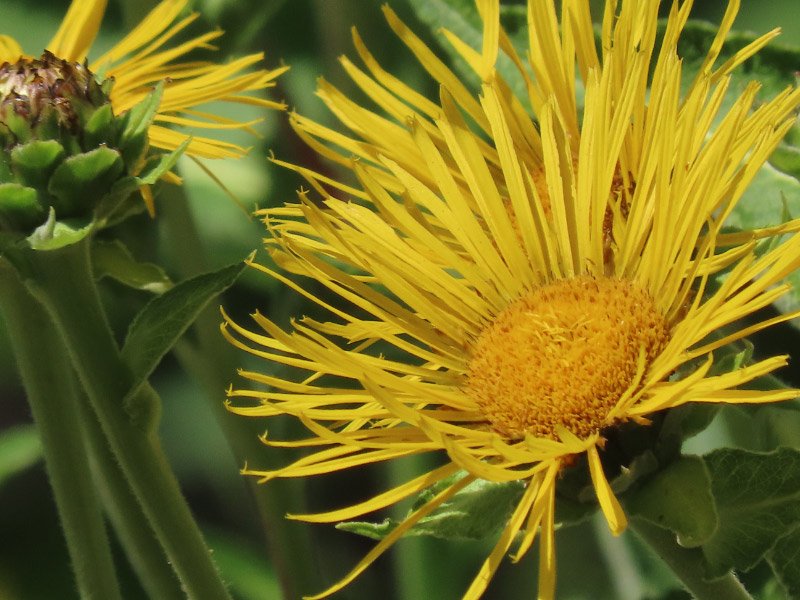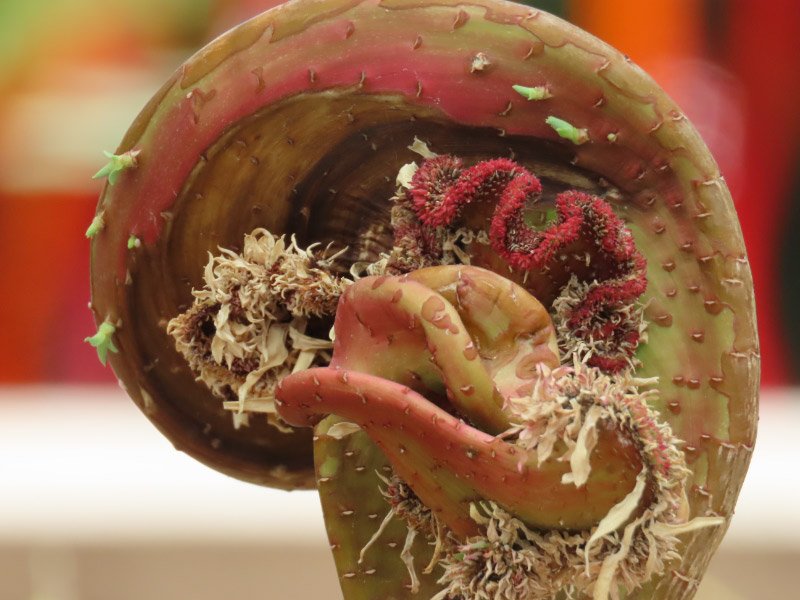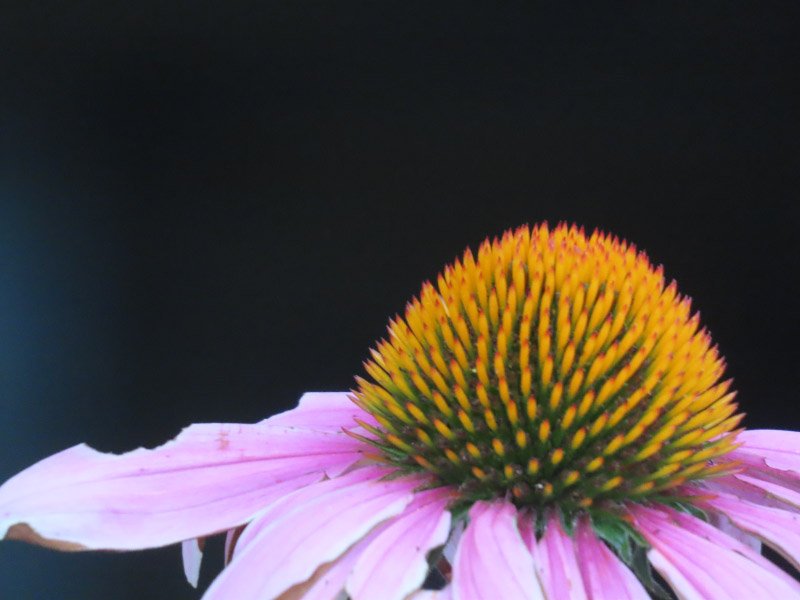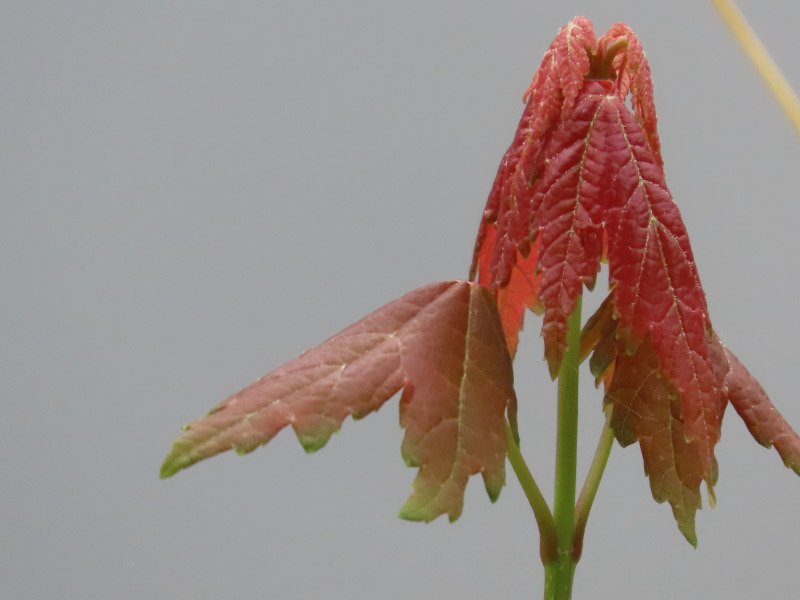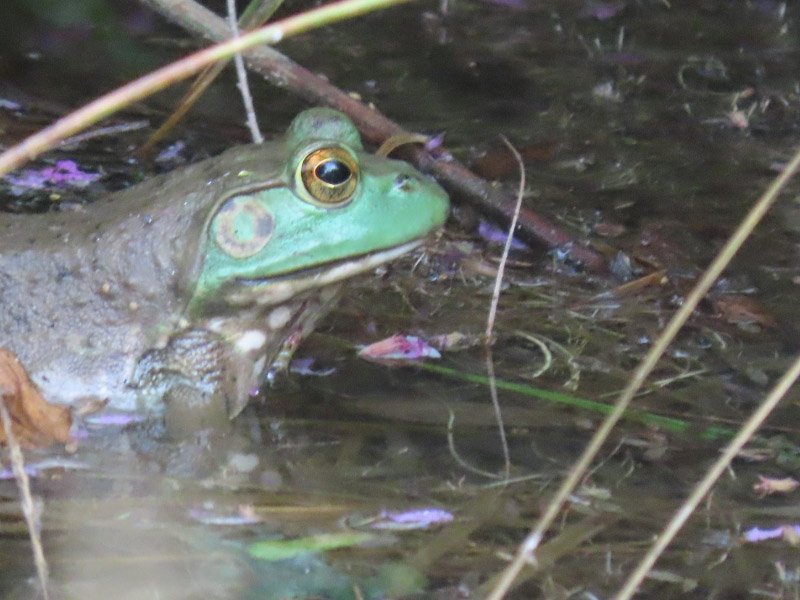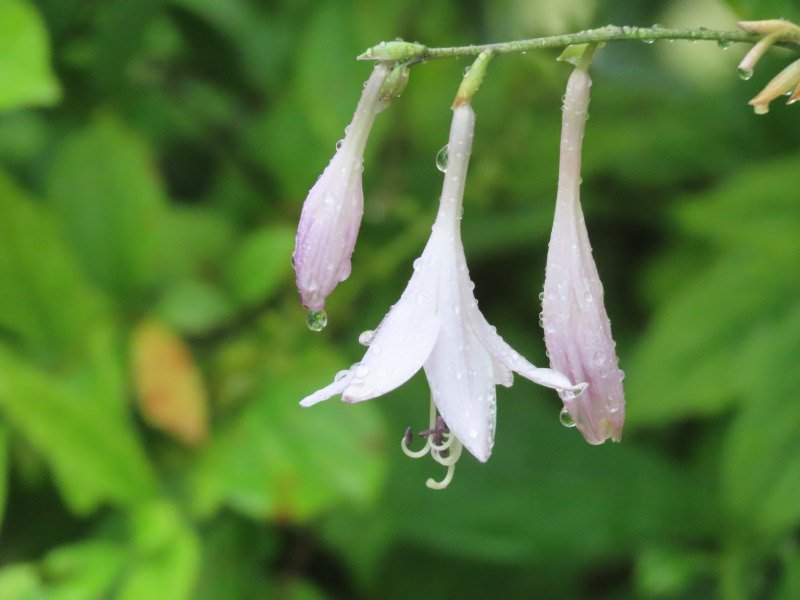Shaw Nature Reserve (1)
/My daughter and I made our first visit to the Shaw Nature Reserve last week. I had ordered some native plants to be picked up during the Fall Wildflower Market. We arrived shortly after noon, before the market started, which gave us ample time for a short hike in the Whitmire Wildflower Garden and along the Bush Creek Trail. After checking in at the visitor center (using my Friends of the Springfield (MO) Botanical Gardens for entrance) and getting a token to open the gate to the reserve’s Pinetum Loop Road, we drove all the way around the loop. We stopped to walk out to the Crecent Knoll Overlook. Thistles were one plant that was blooming.
The vegetation was thick with a variety of plants. We stayed on the trails to avoid picking up ticks and sticky seeds! I used my optical zoom to photograph some spheres on the back of a leaf. Galls?
After completing the loop, we parked near the northern trailhead for the Brush Creek Trail. A tree had been cut into sections near the trail (probably after it had fallen on the trail. The saw marks make it difficult to count the rings.
Some of the areas are limestone glades where the plants don’t grow as densely. I noted a very weathered piece of limestone.
The only insect I photographed intentionally was a grasshopper that was not much over an inch long. I was pleased that I managed to focus on it! Will it mature enough to lay eggs before winter?
There was a sculpture among some of the fall wildflowers!
There was an area that had a lot of new-growth ferns. I enjoy photographing fiddleheads. It always seems miraculous that they start out so tightly packed…and unfurl into large fronds!
The persimmons were not ripe yet…but I was thrilled to recognize the bark and fruit (with the sign to confirm the id).
There were several kinds of fungus we saw on the hike as well. Lichen (yes there is algae there too, but I am lumping it with the fungus,
Shelf fungus,
And 2 kinds of mushrooms. The first reminded me of vanilla wafers.
There were 2 groups of the second kind. They were very close to the trail and it looked like someone had kicked the parts of the clump closest to the trail (why do people do that?). These reminded me of small crepes!
Stay tuned for more from our hike at Shaw Nature Reserve in tomorrow’s post.












